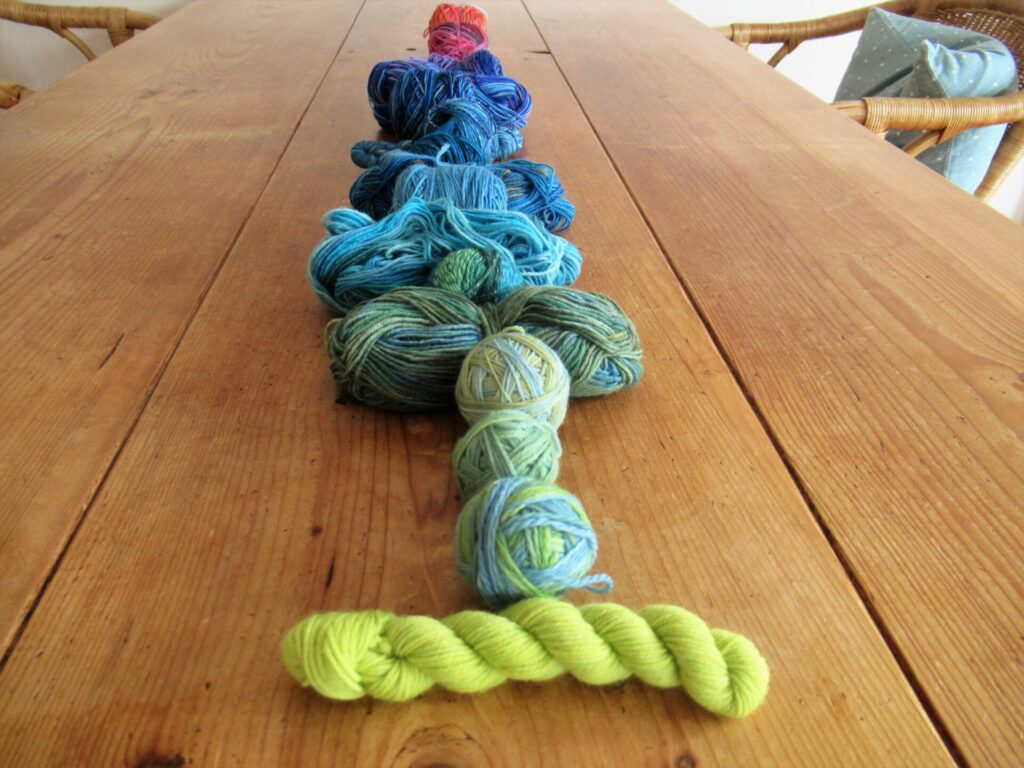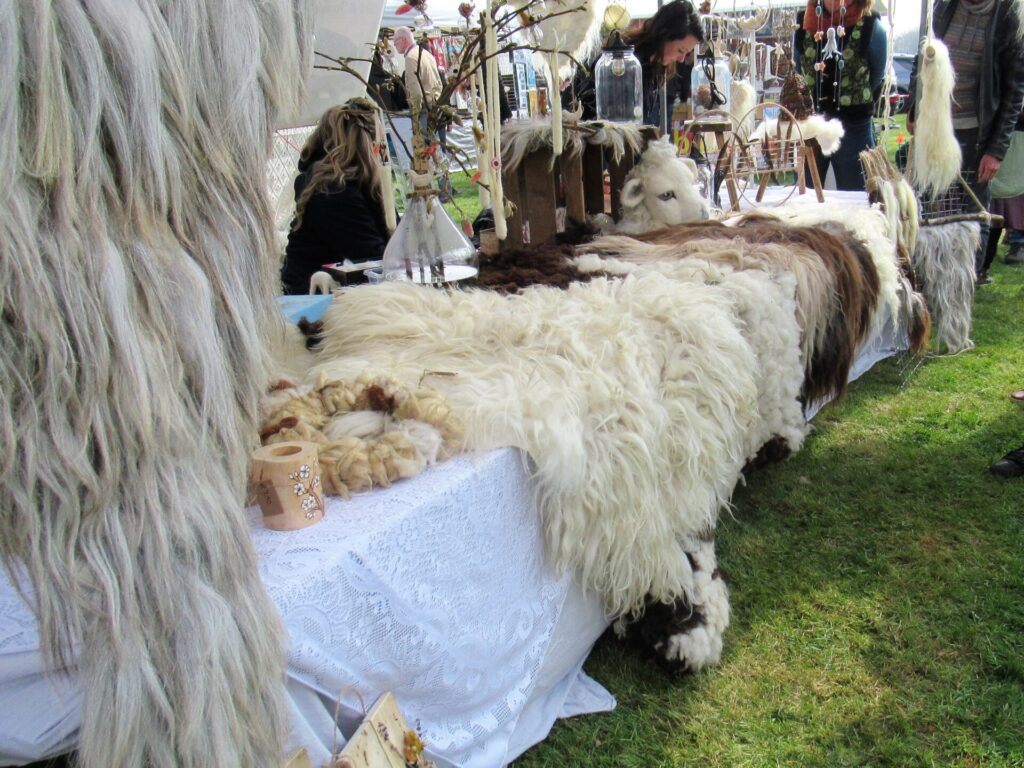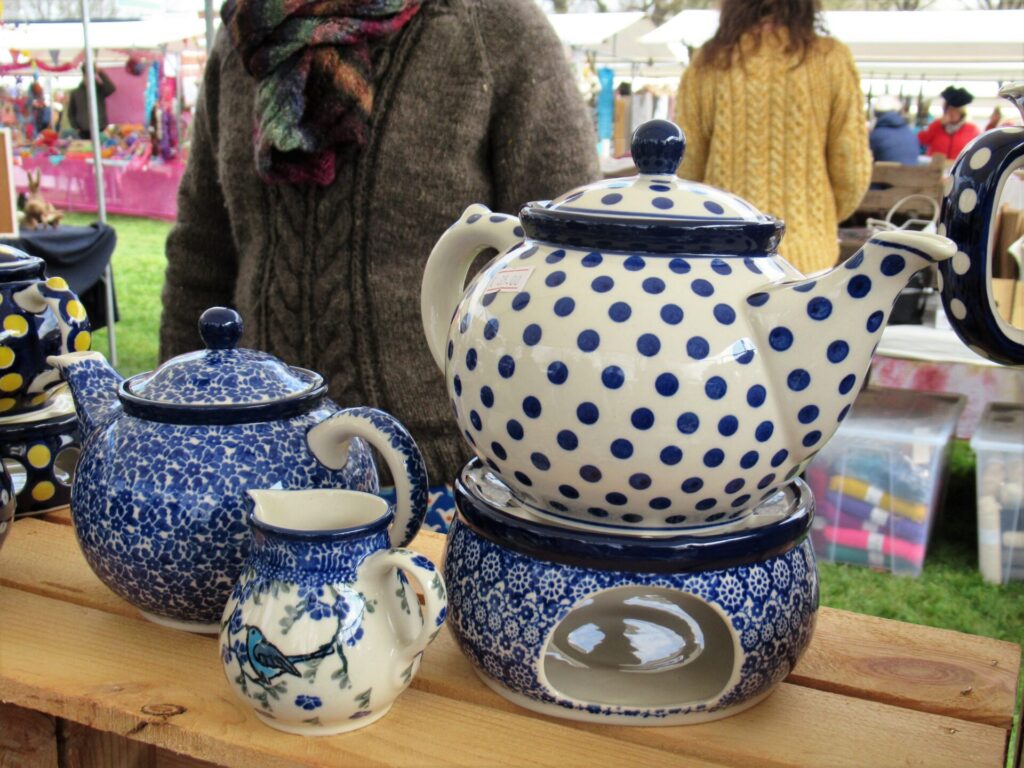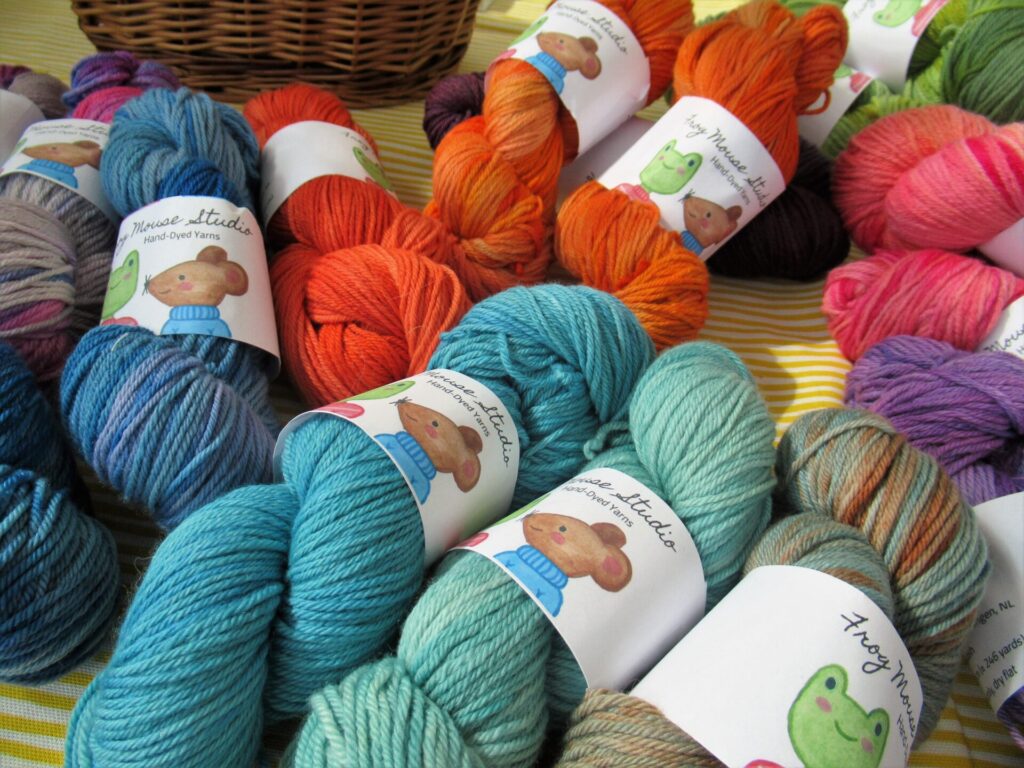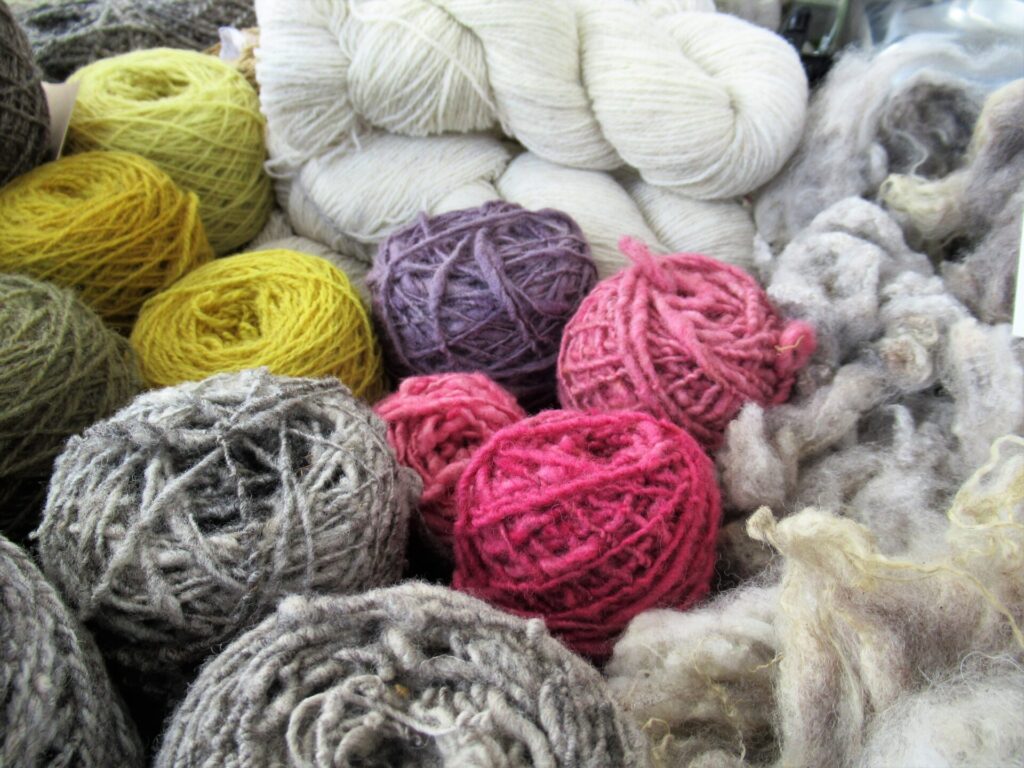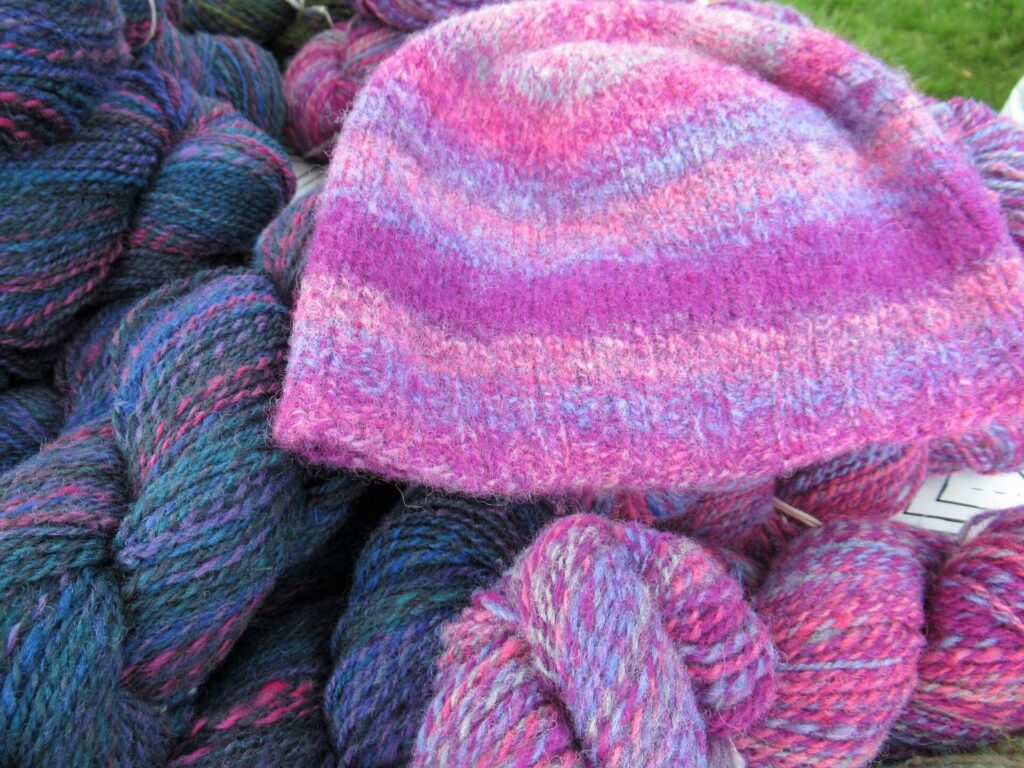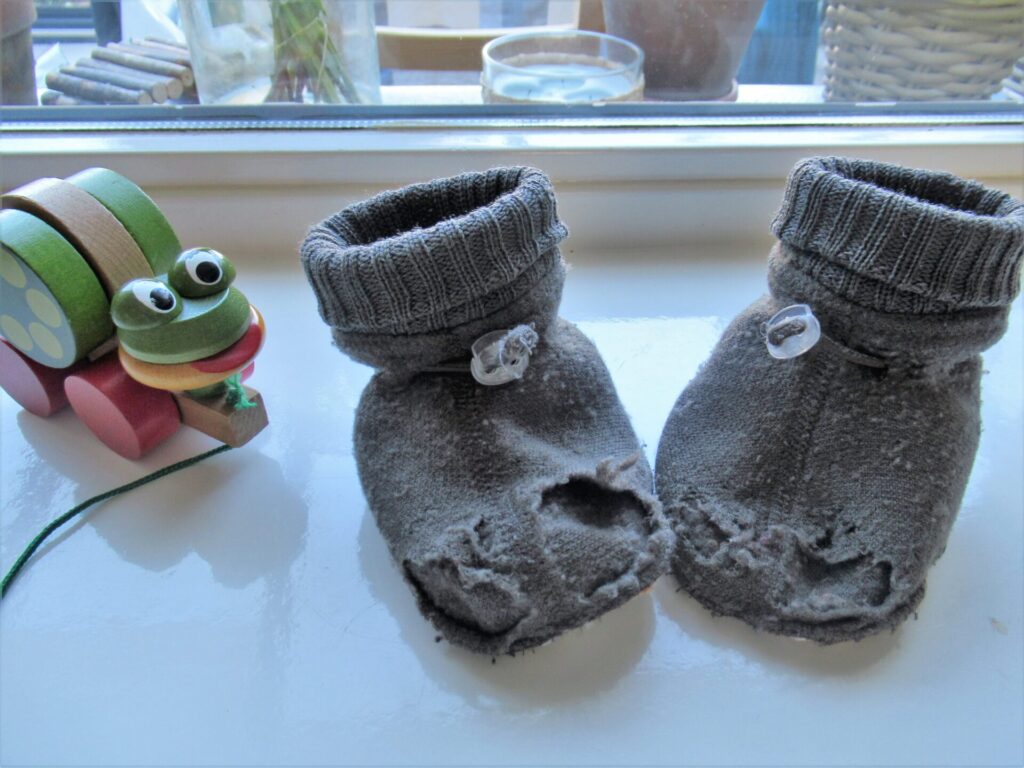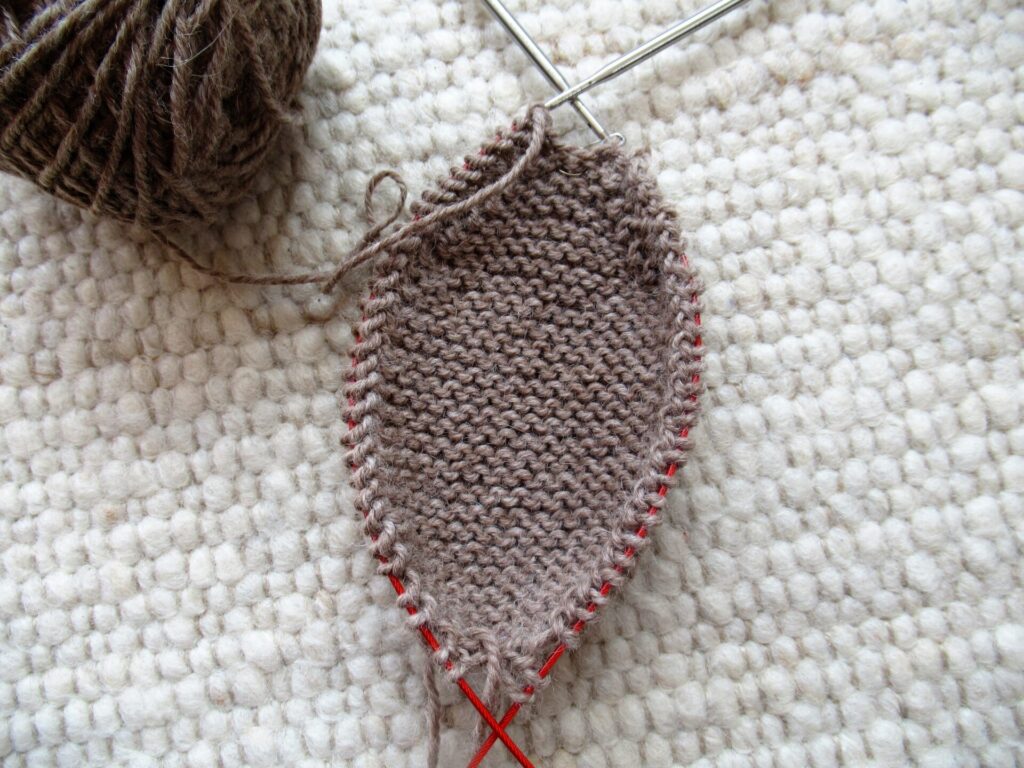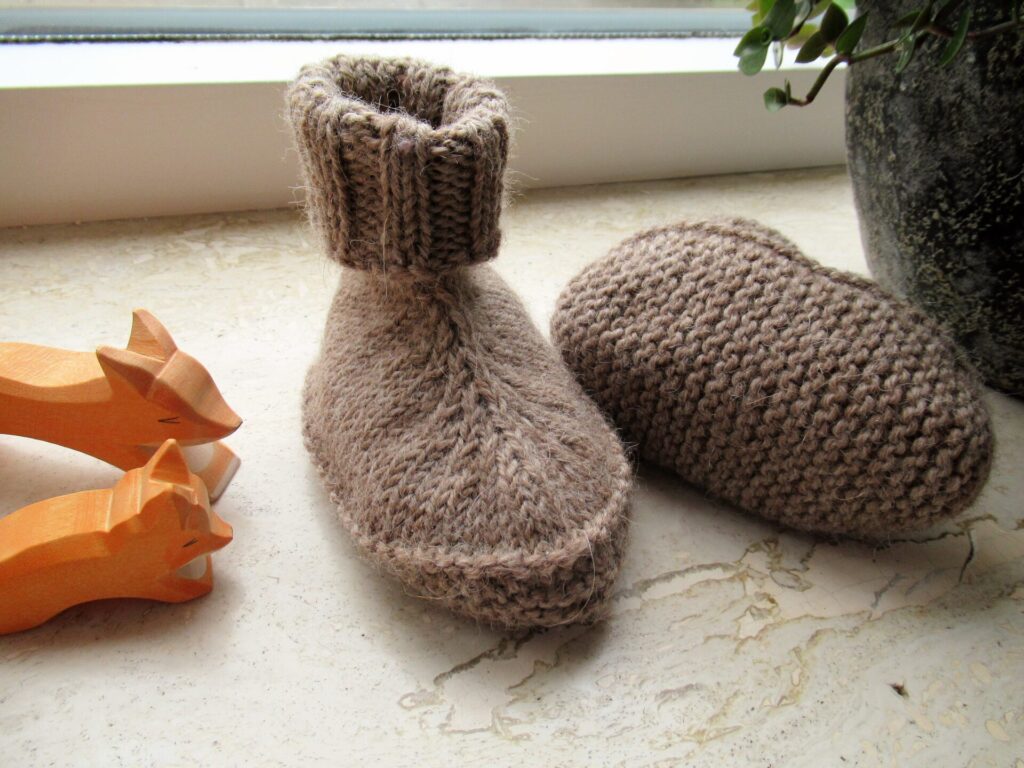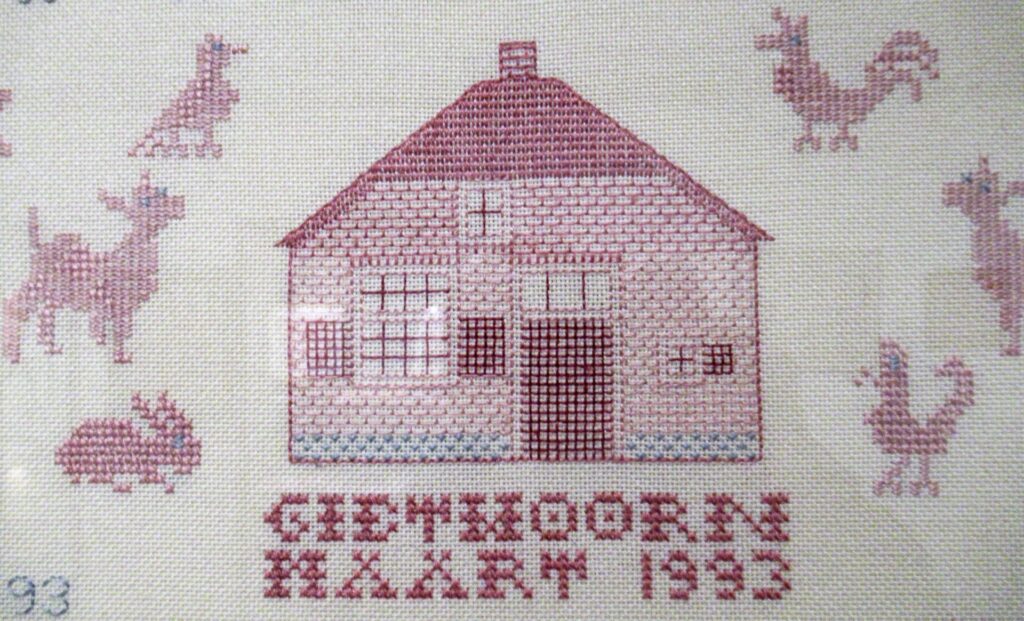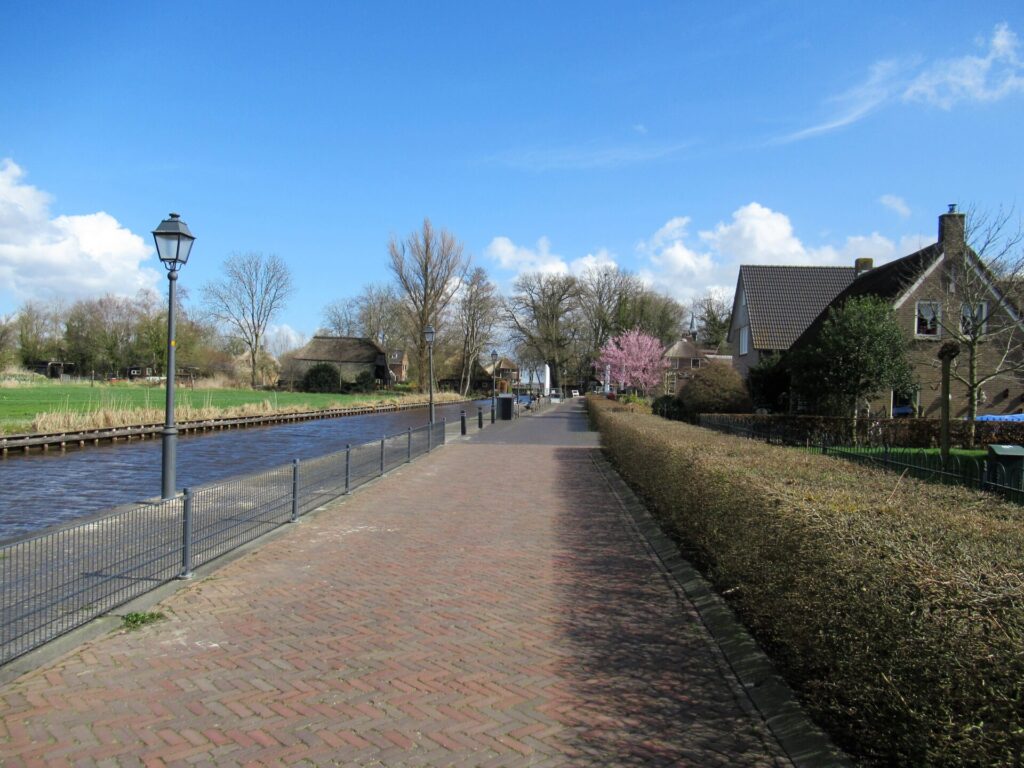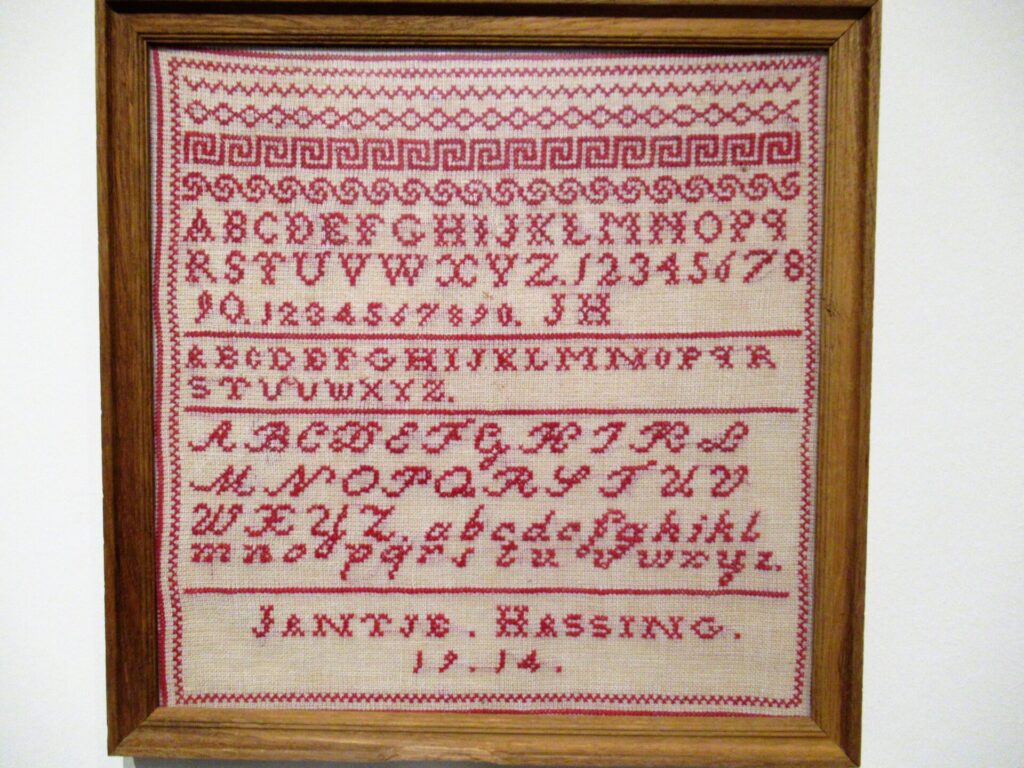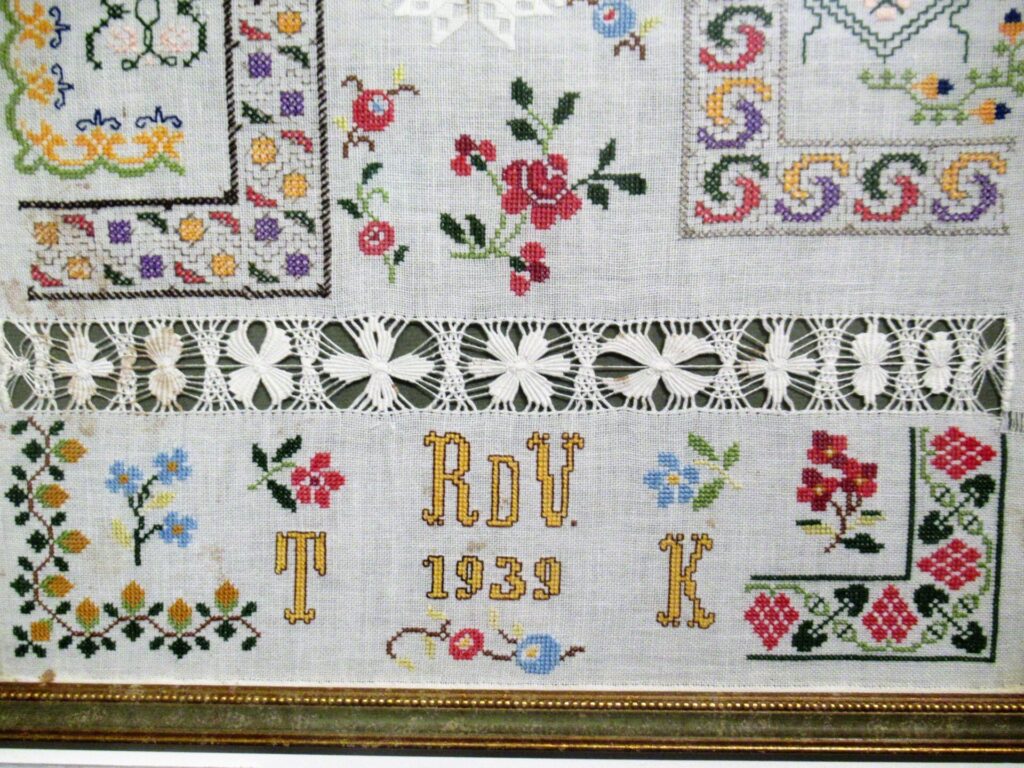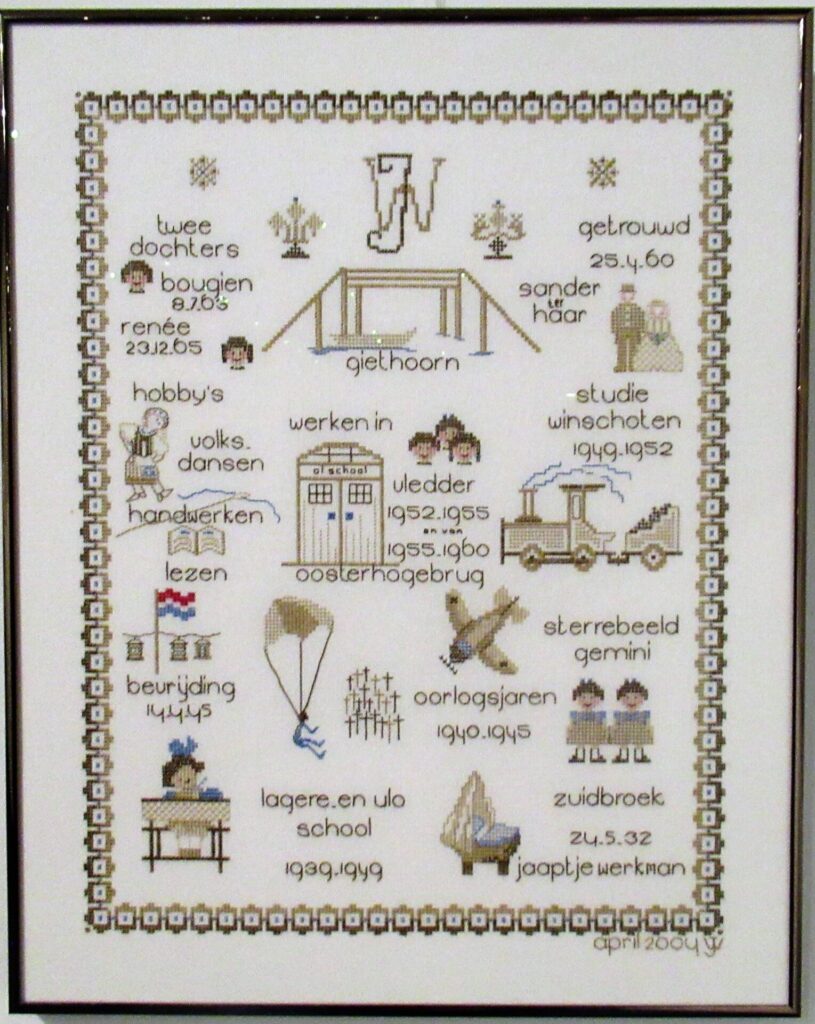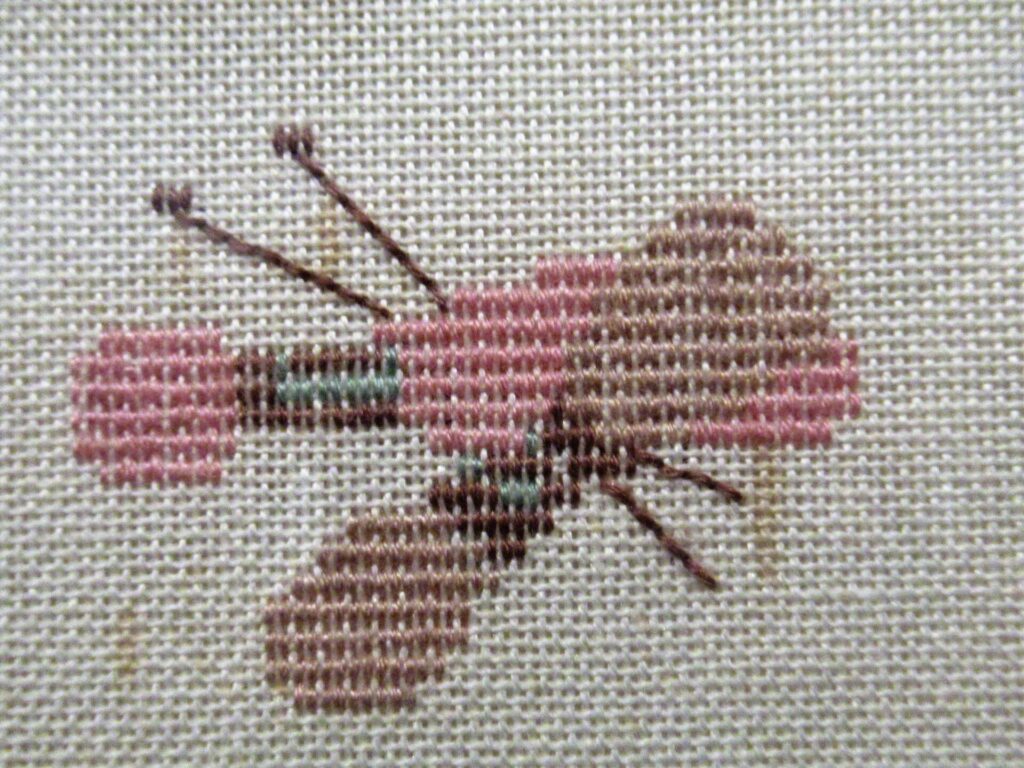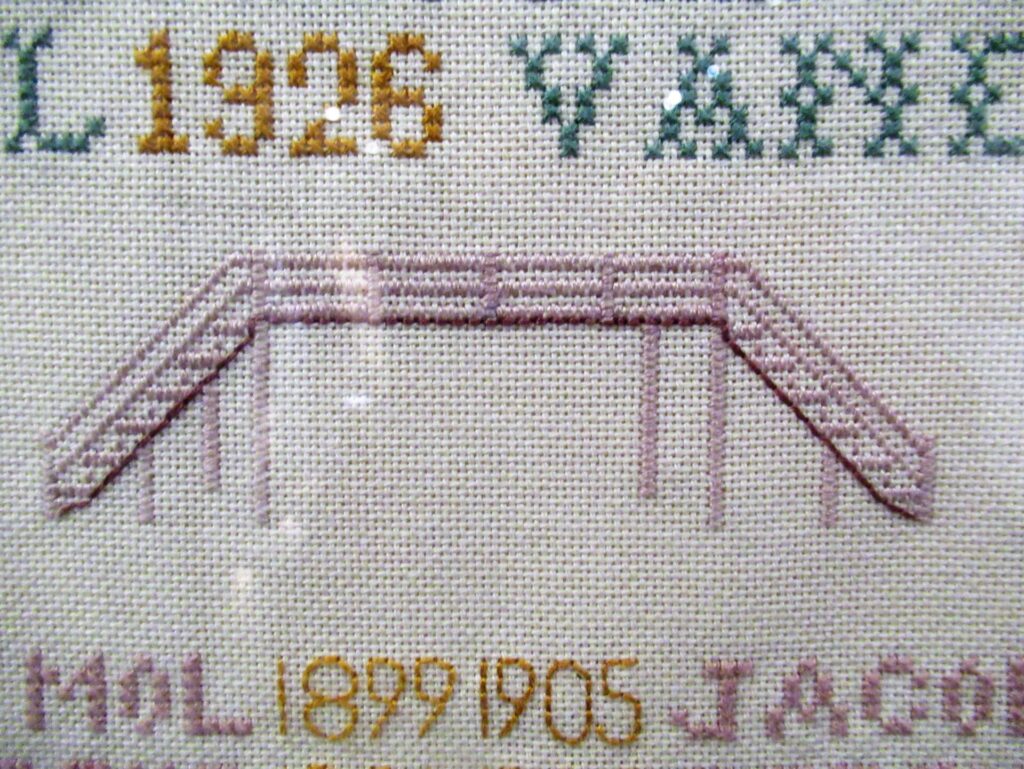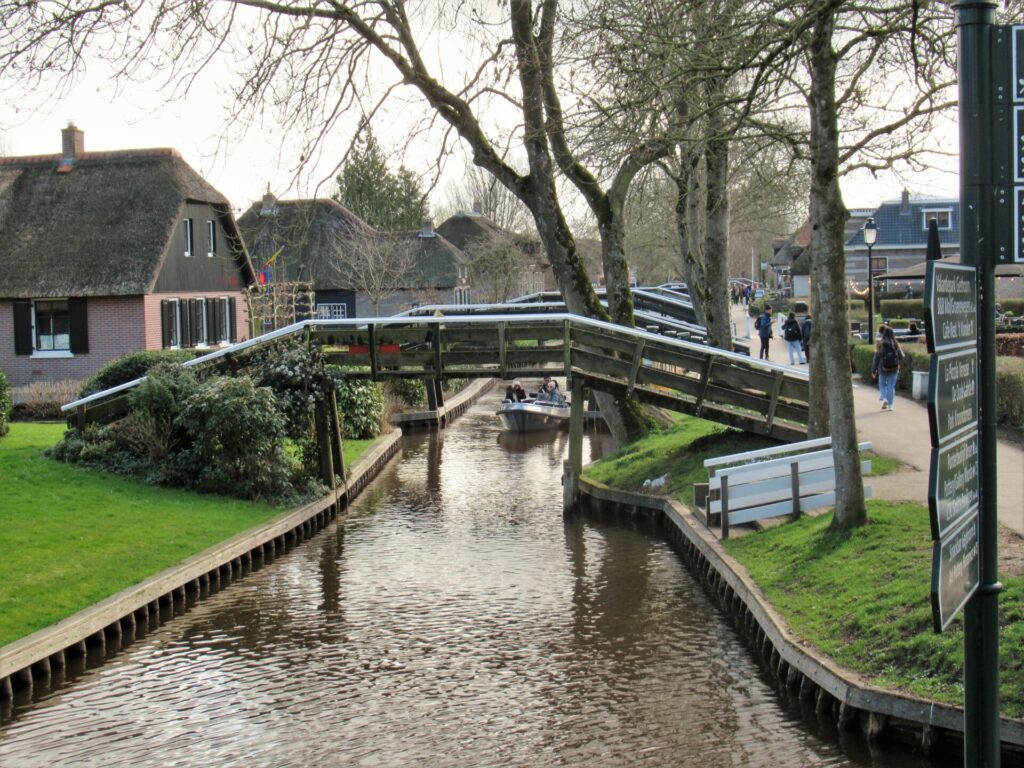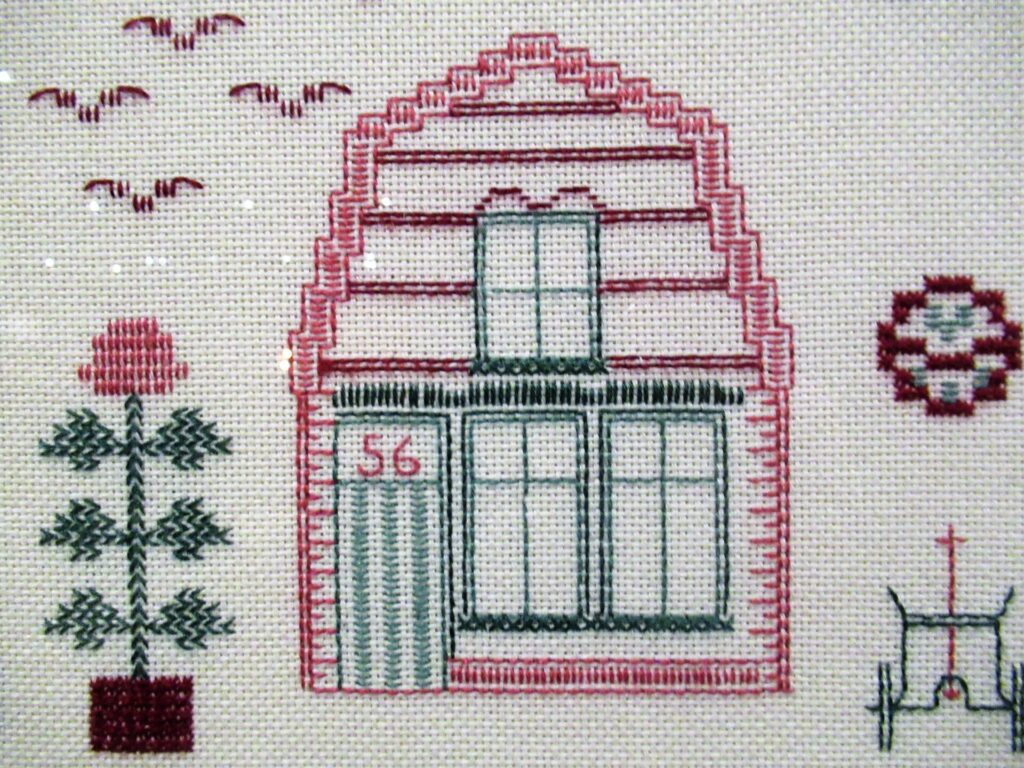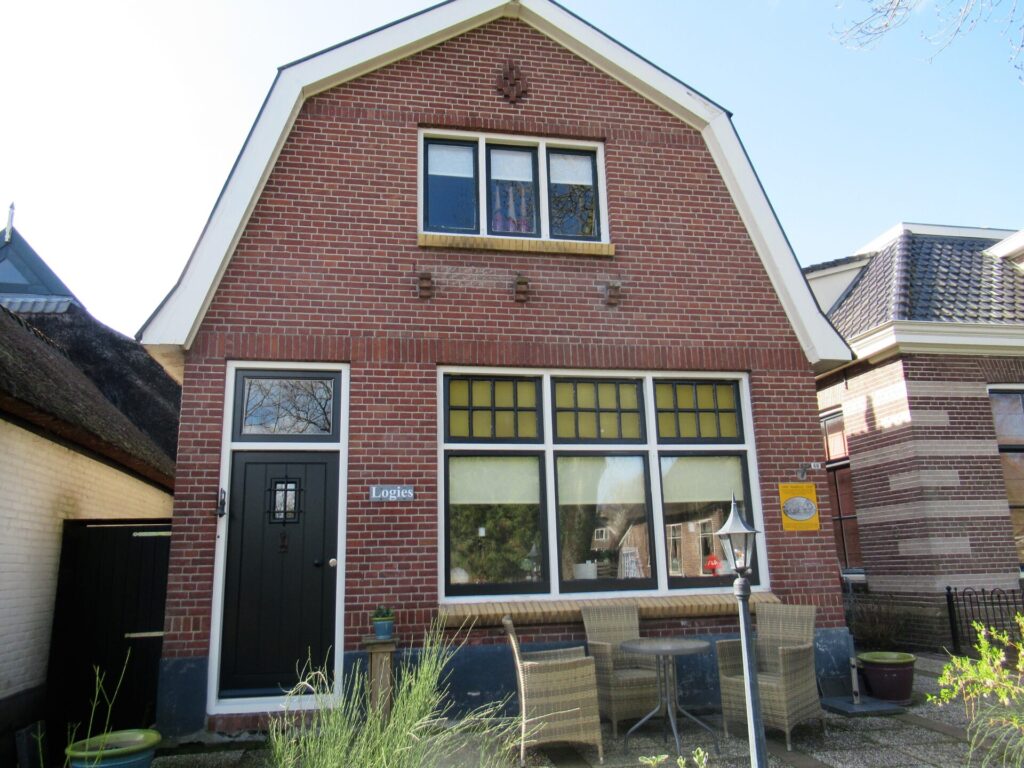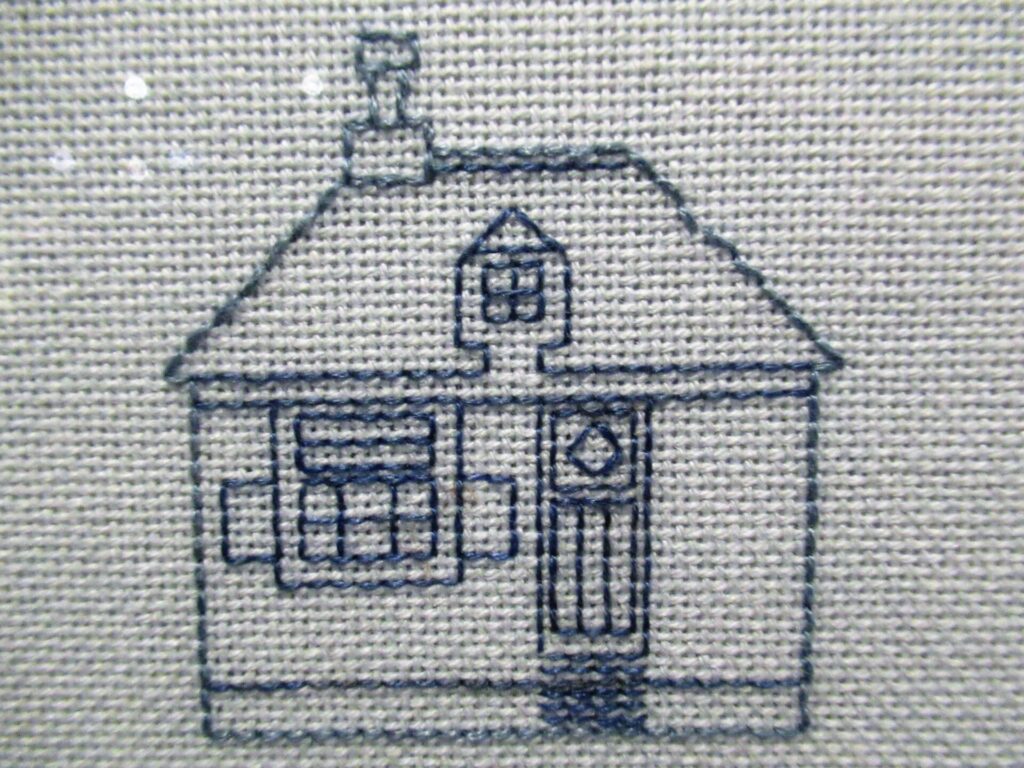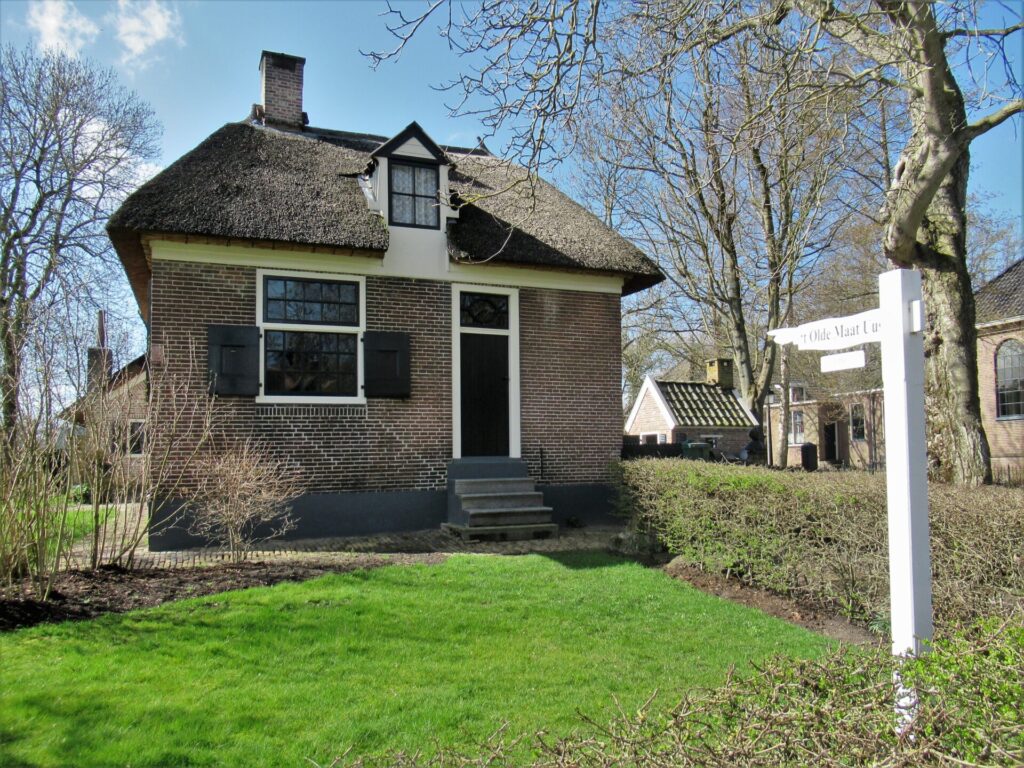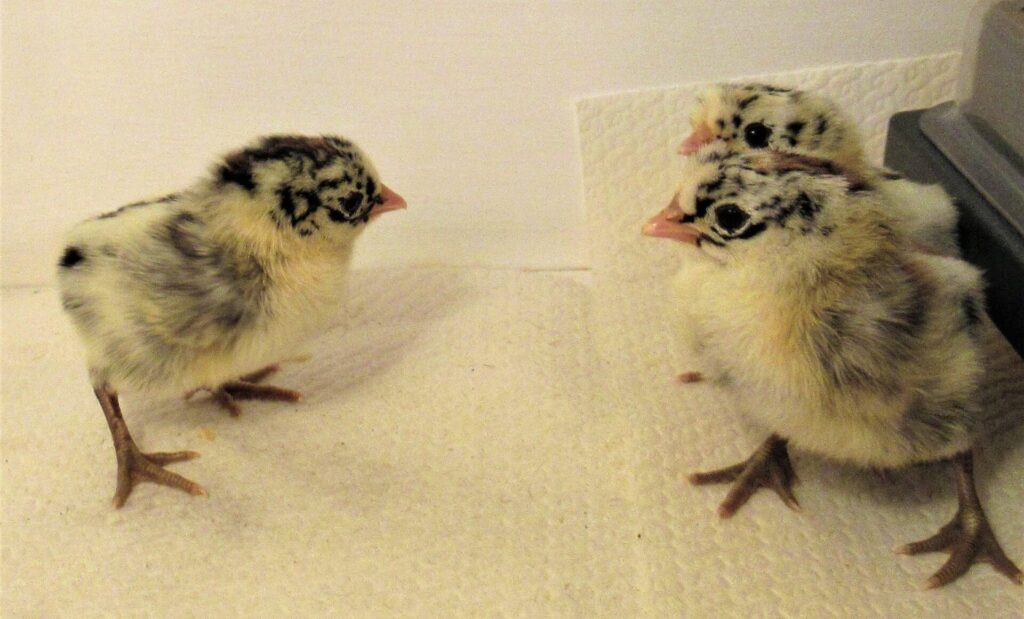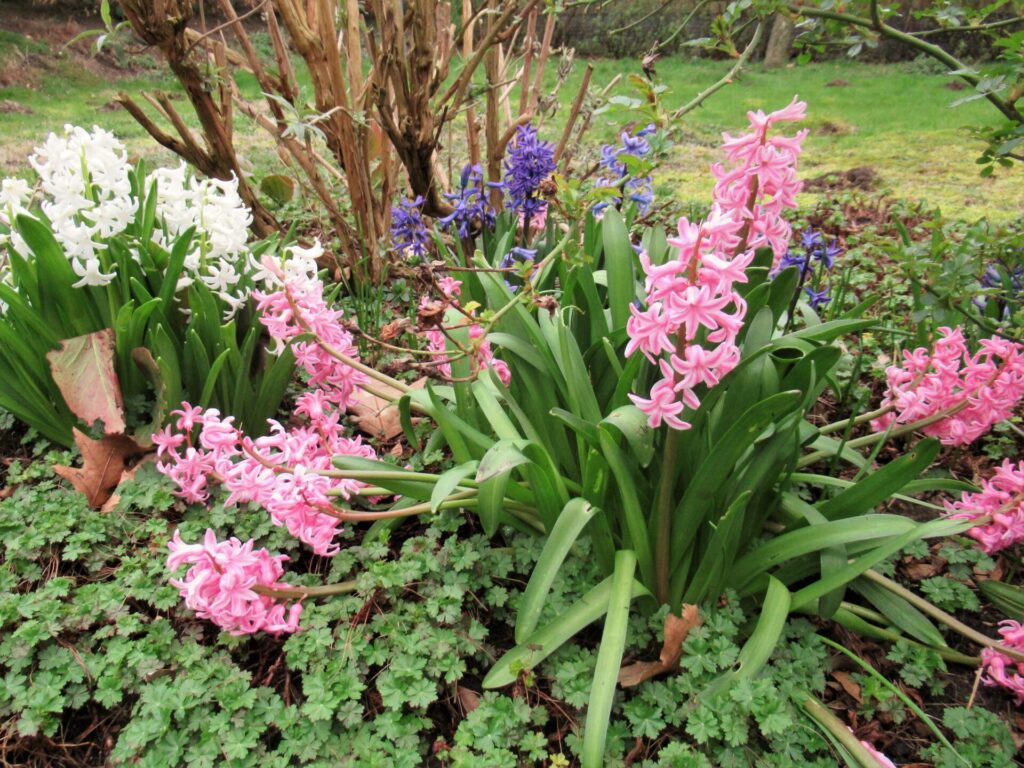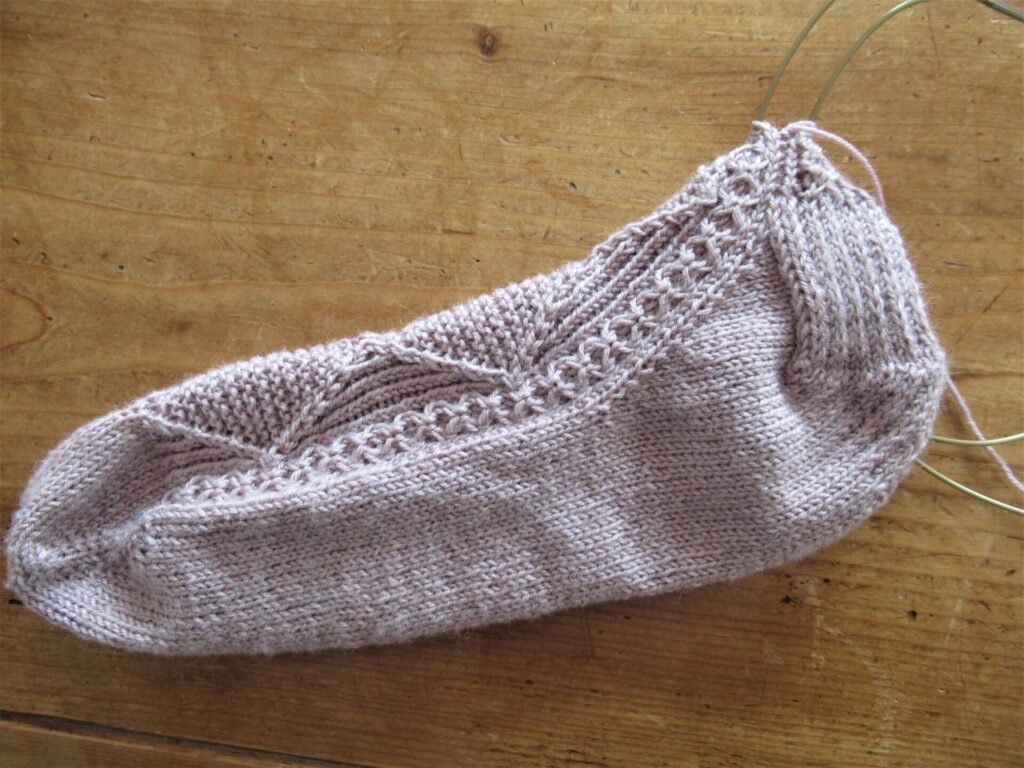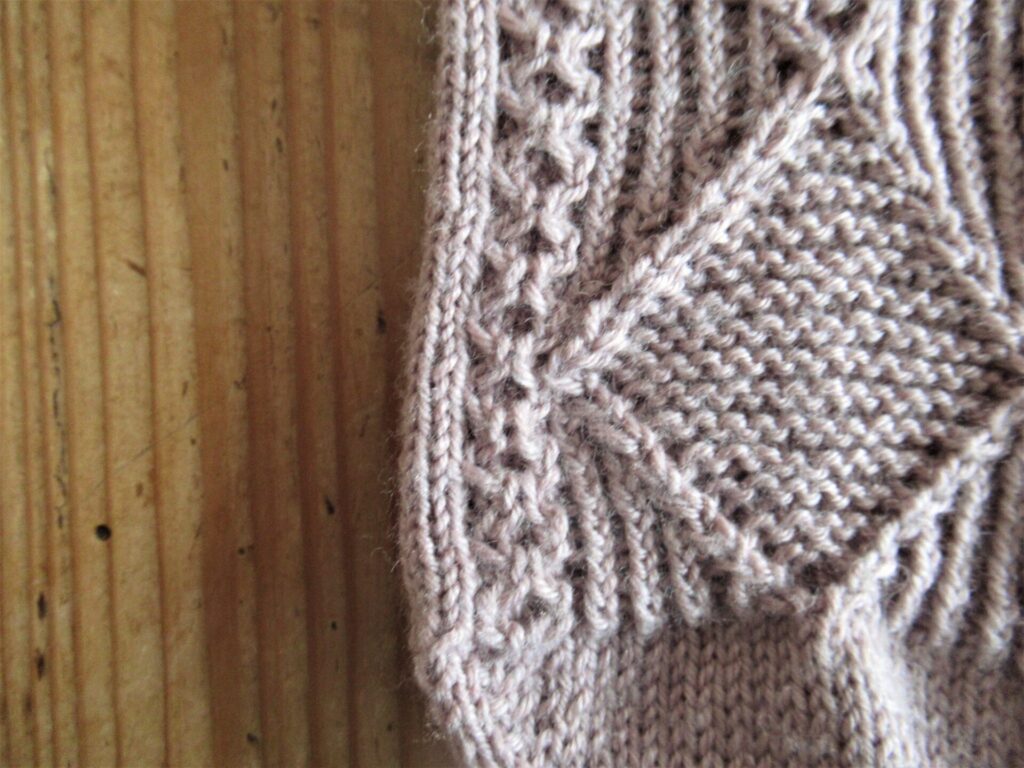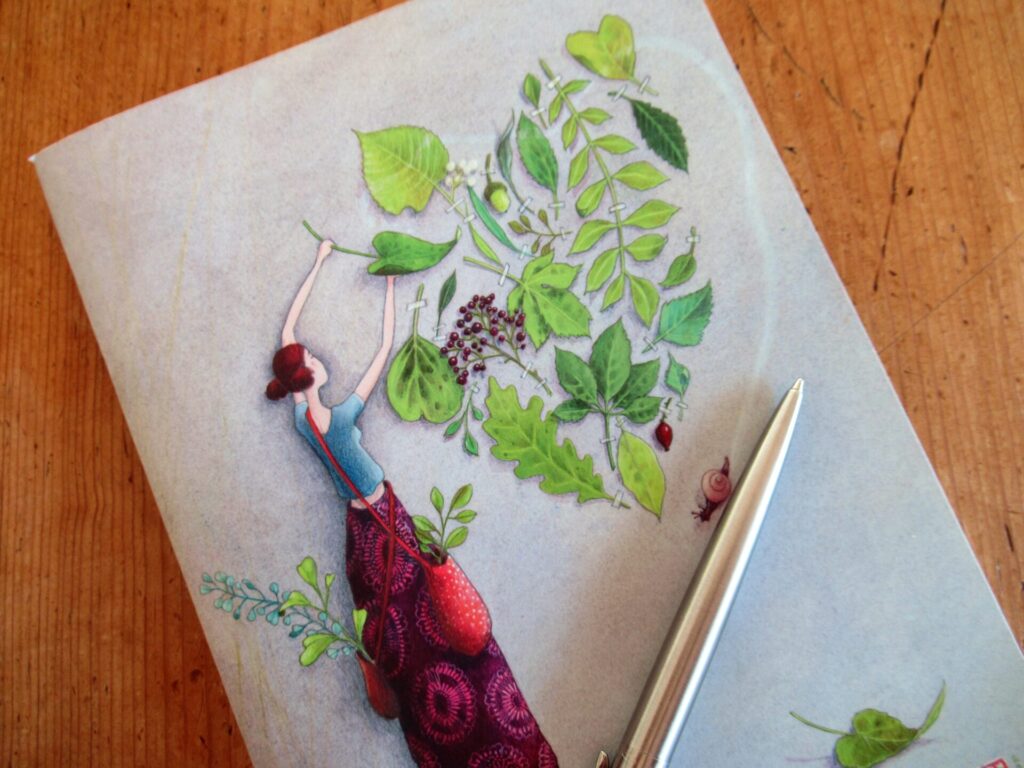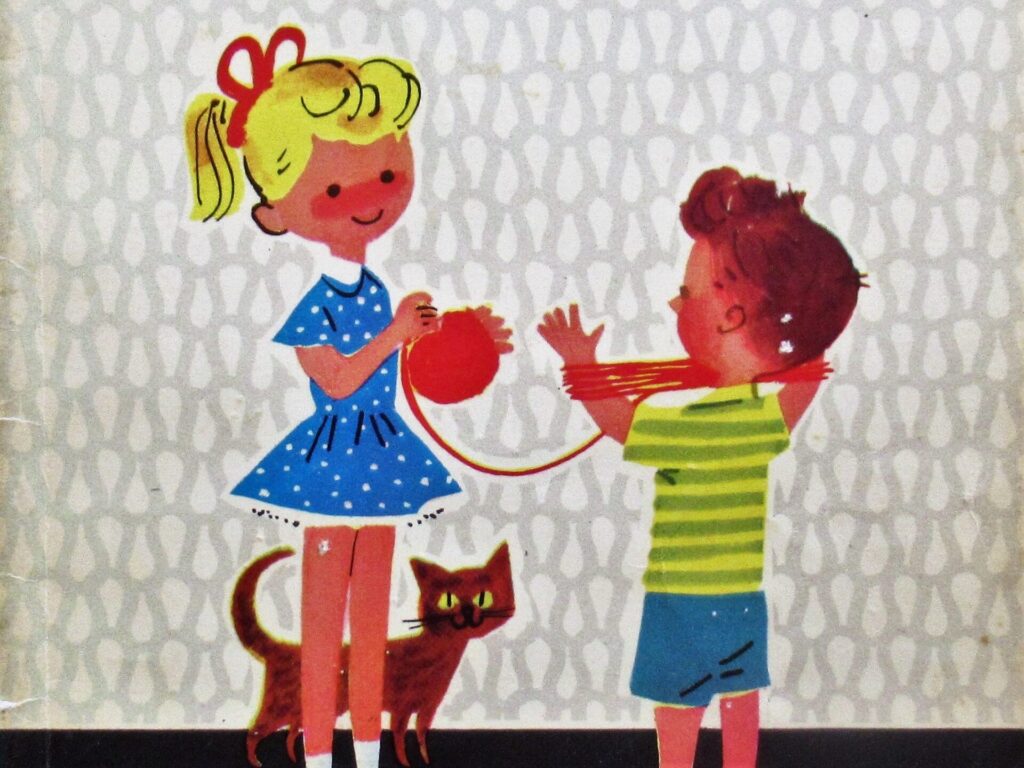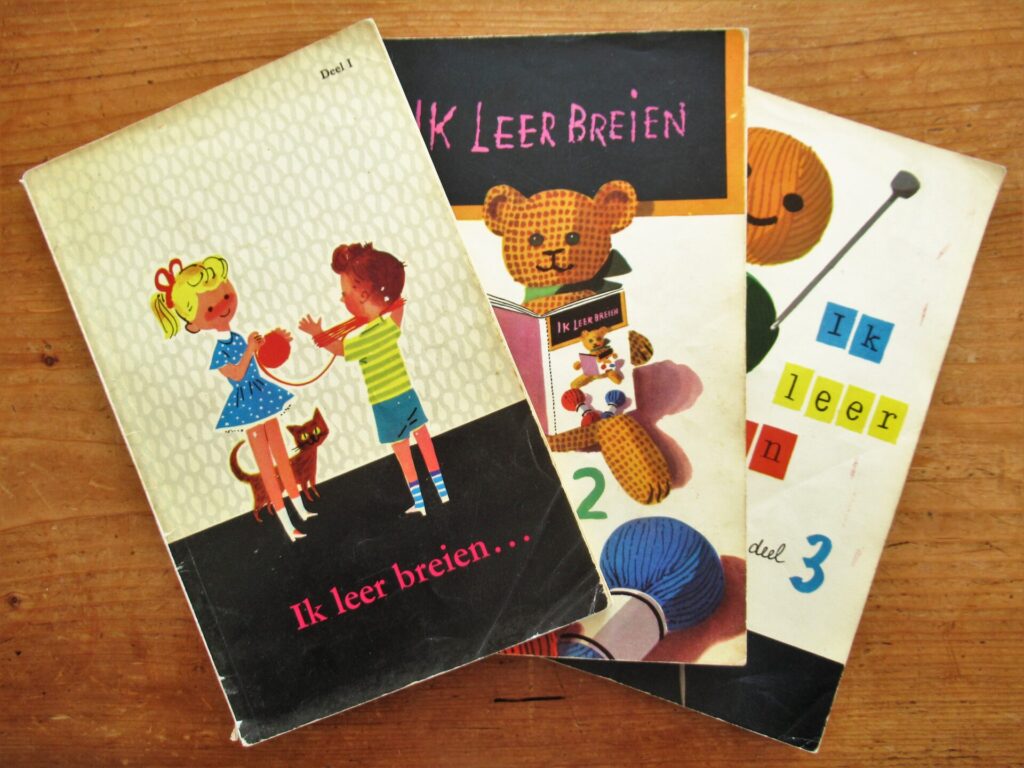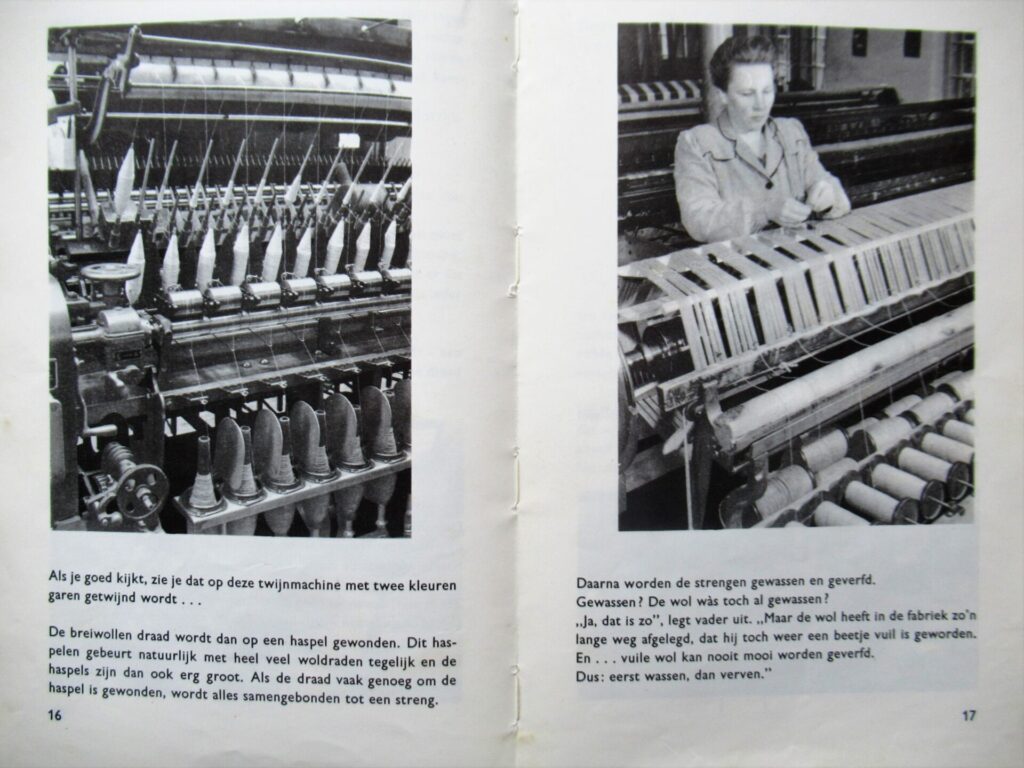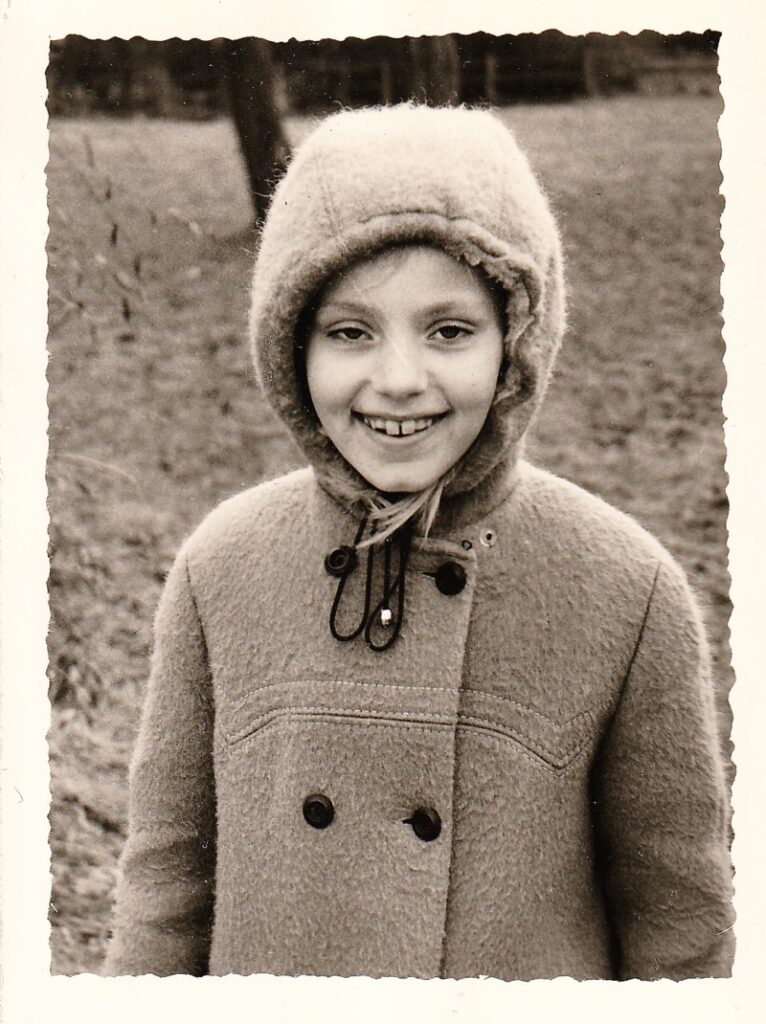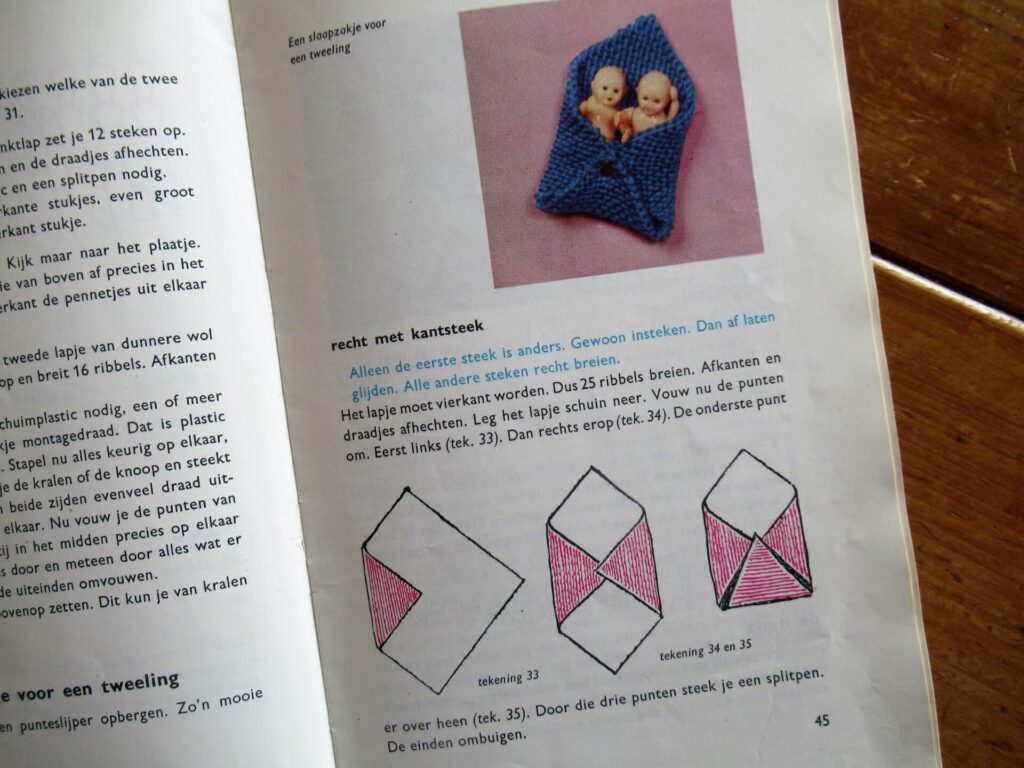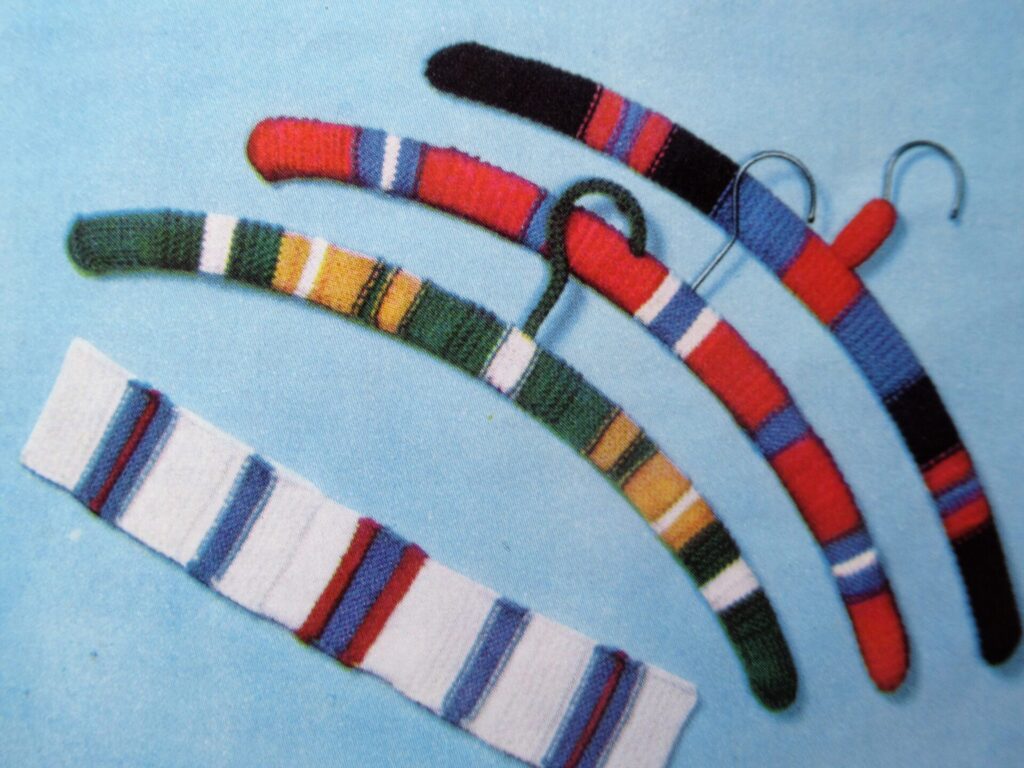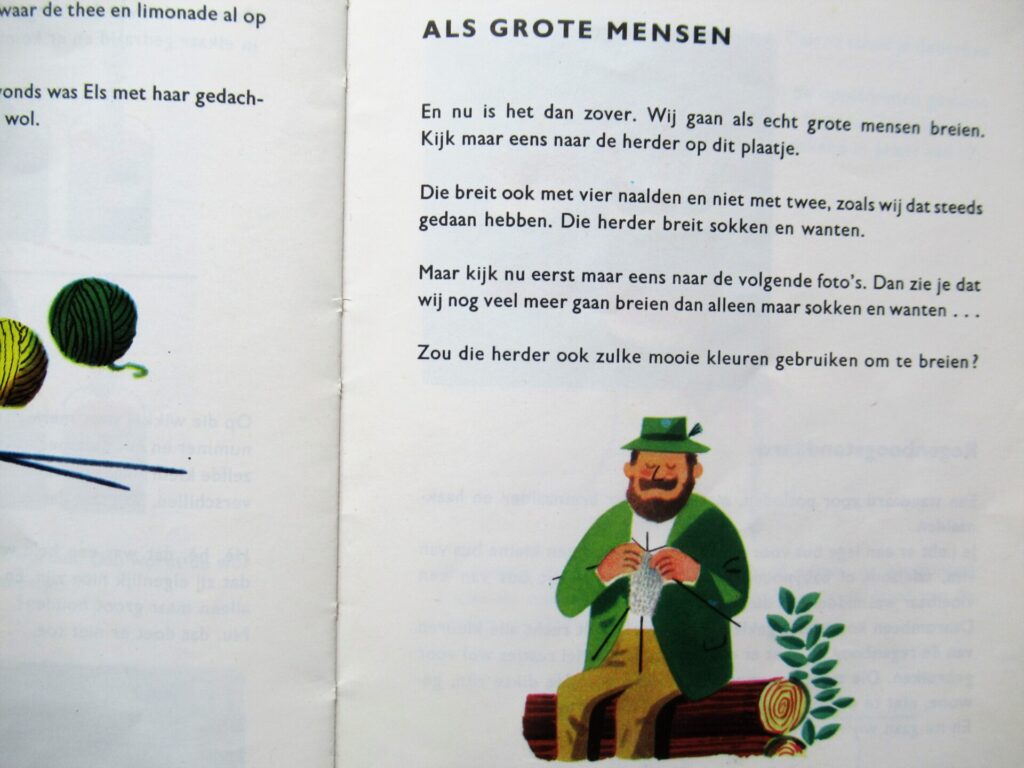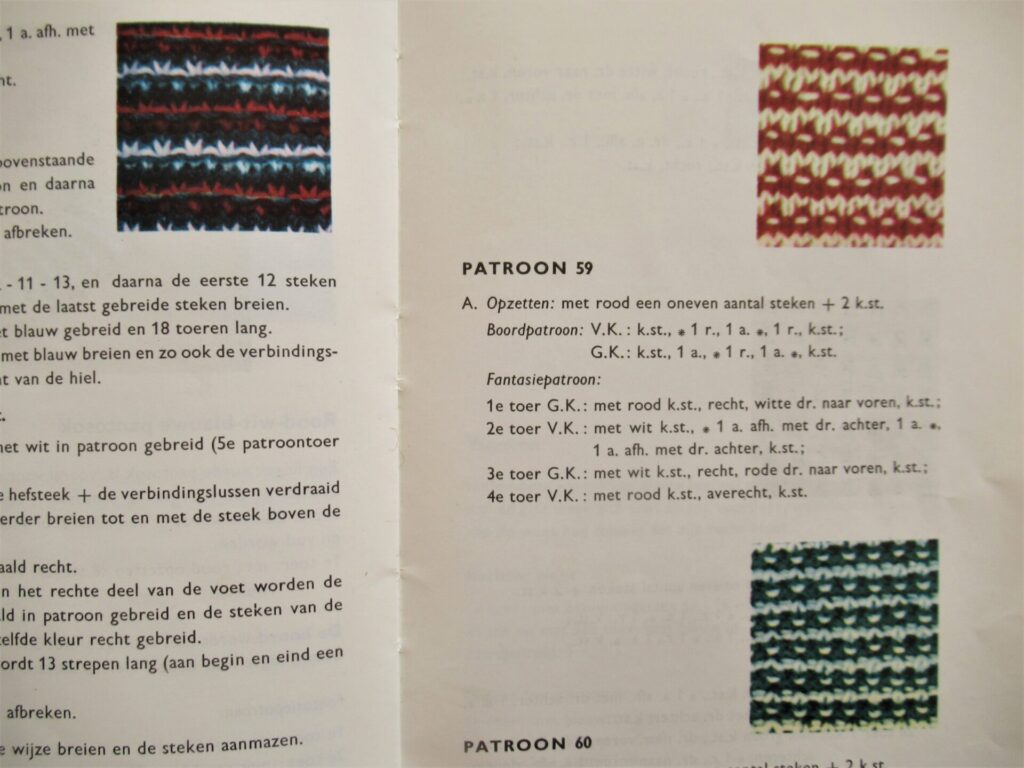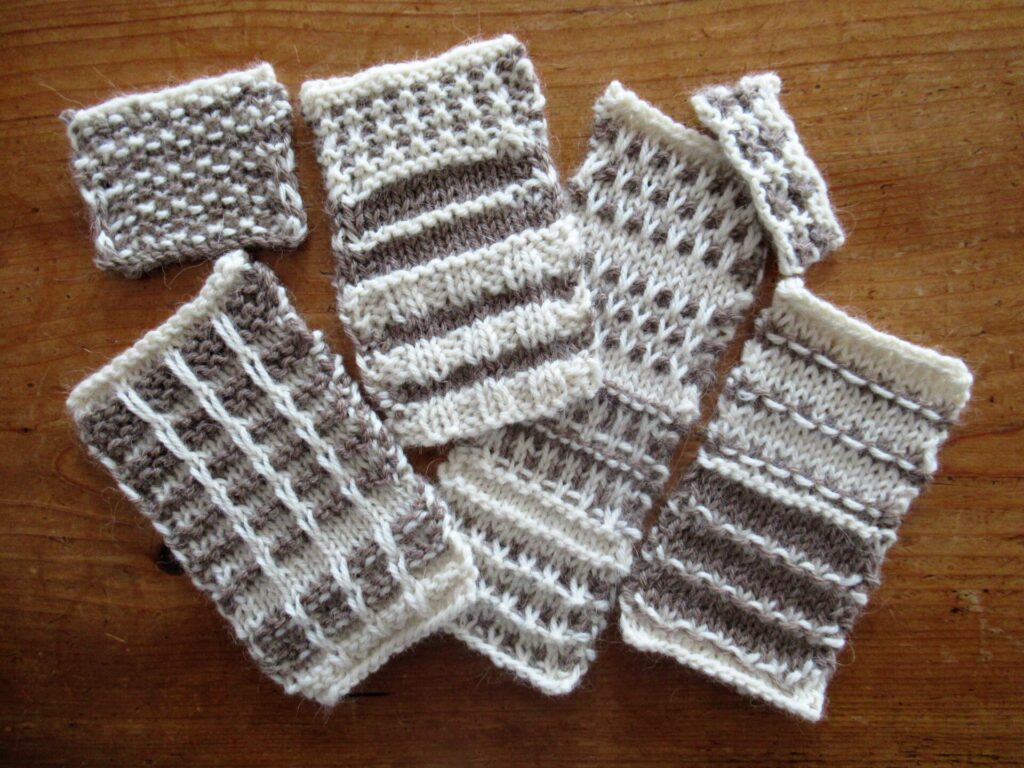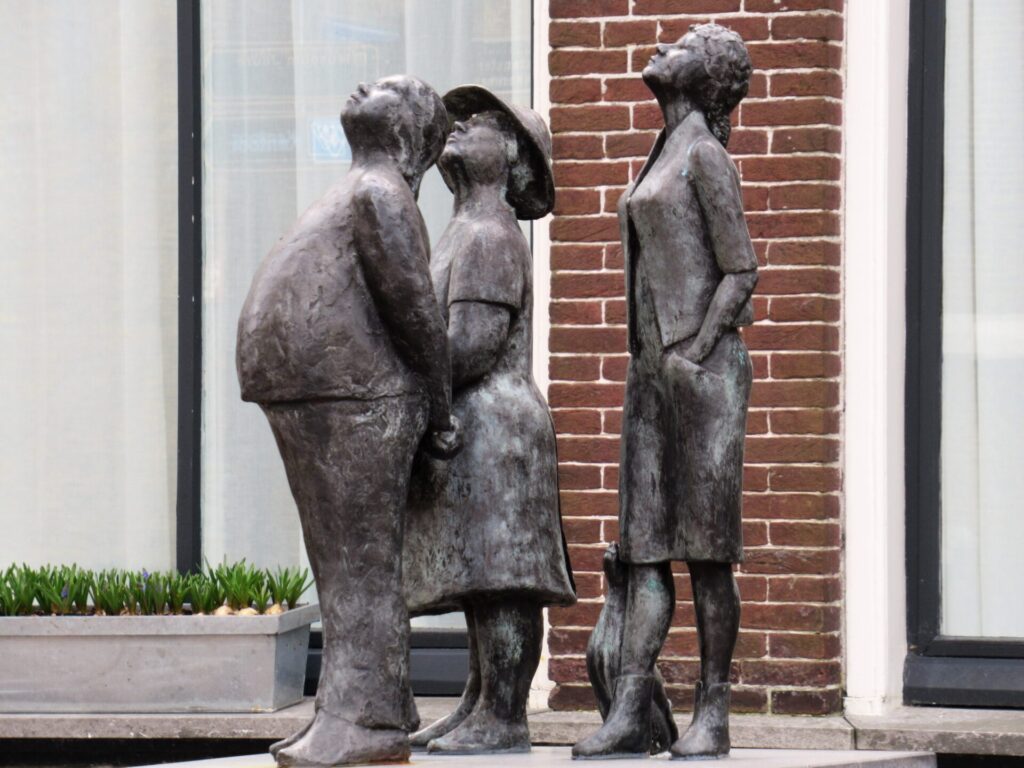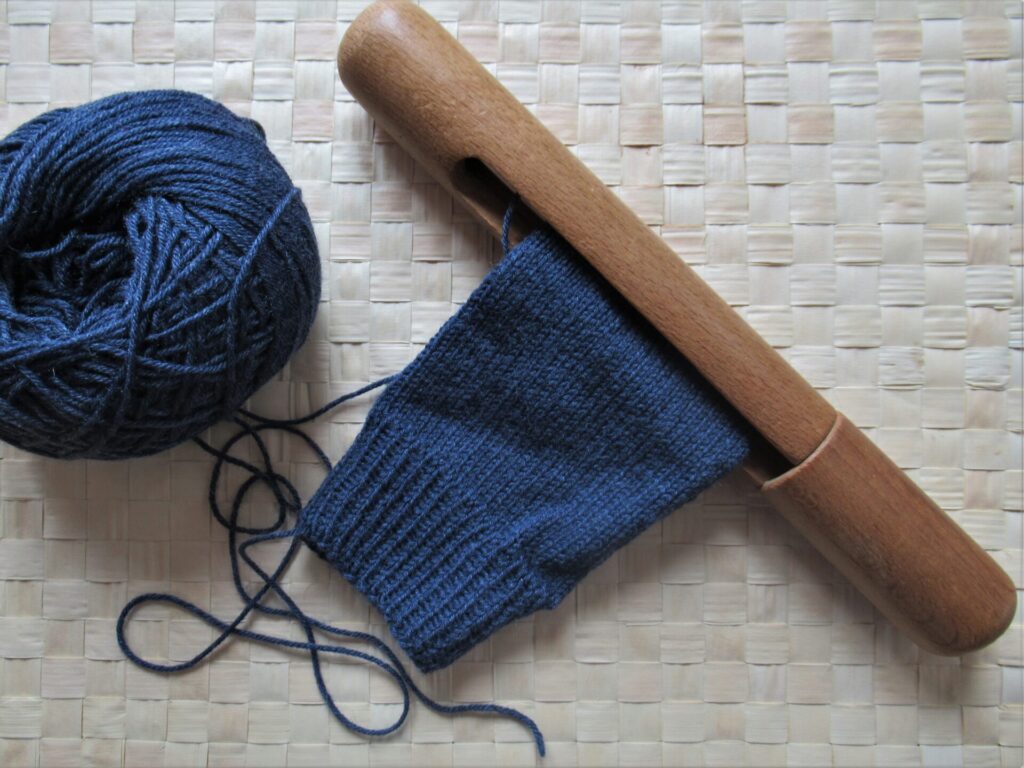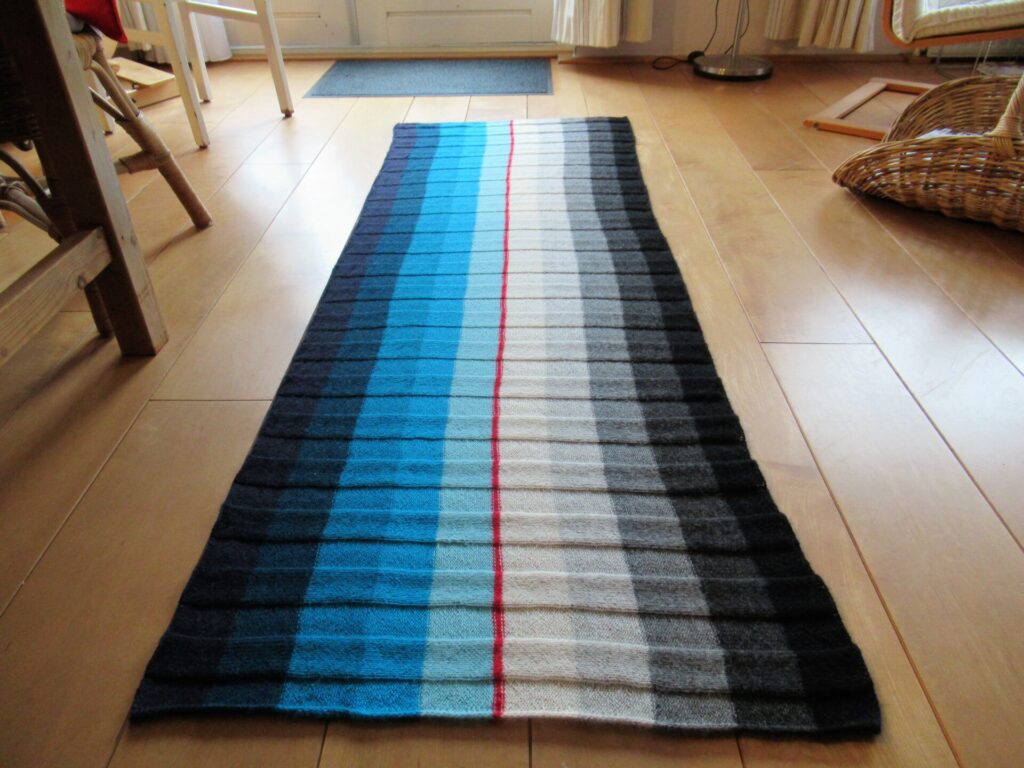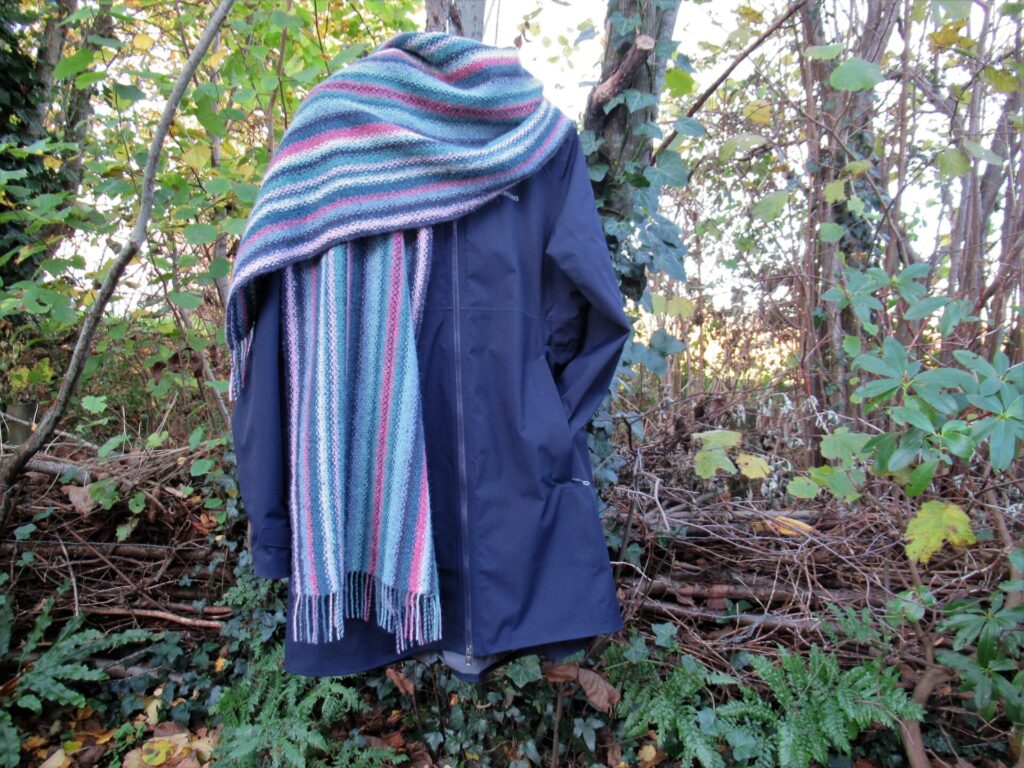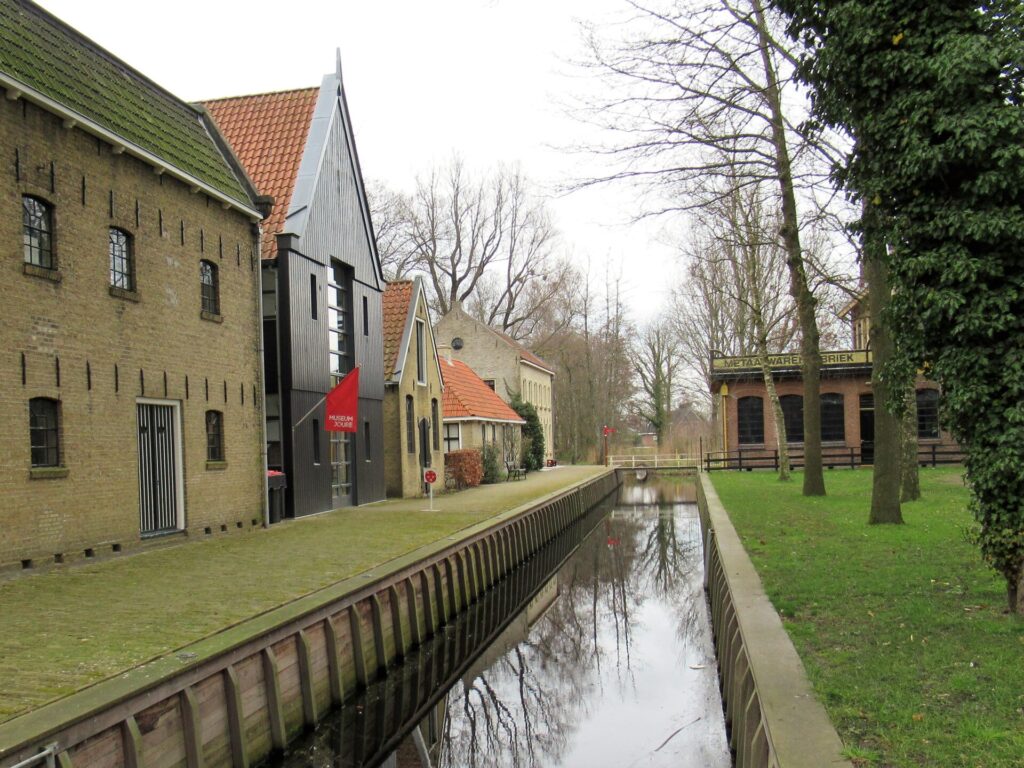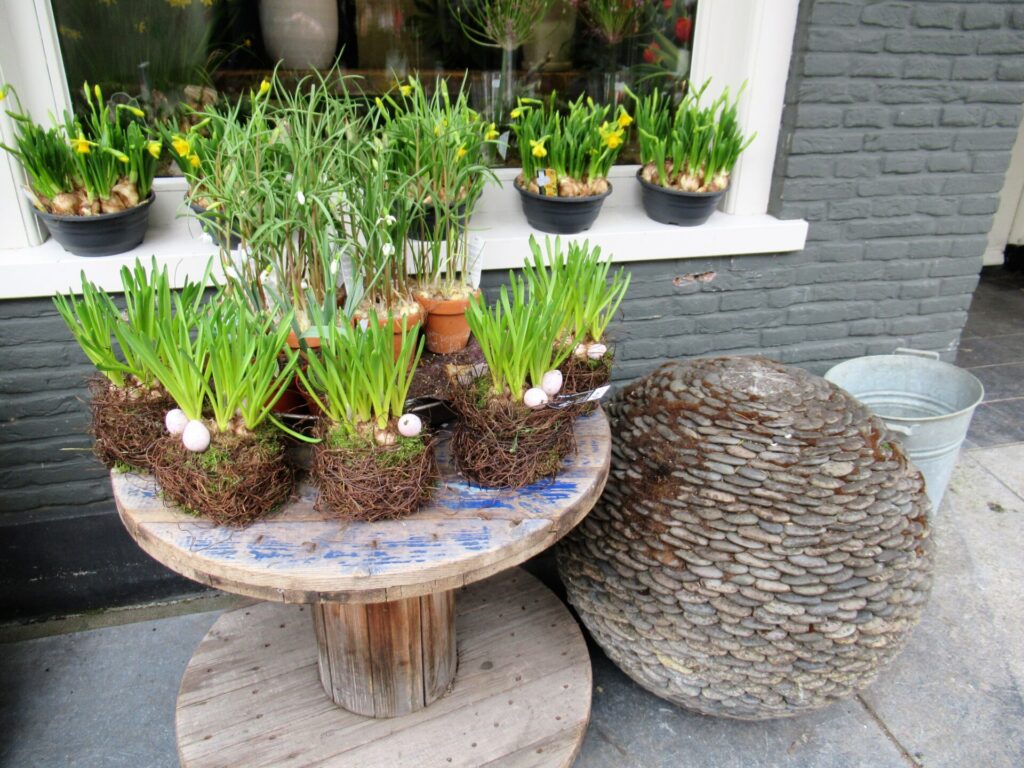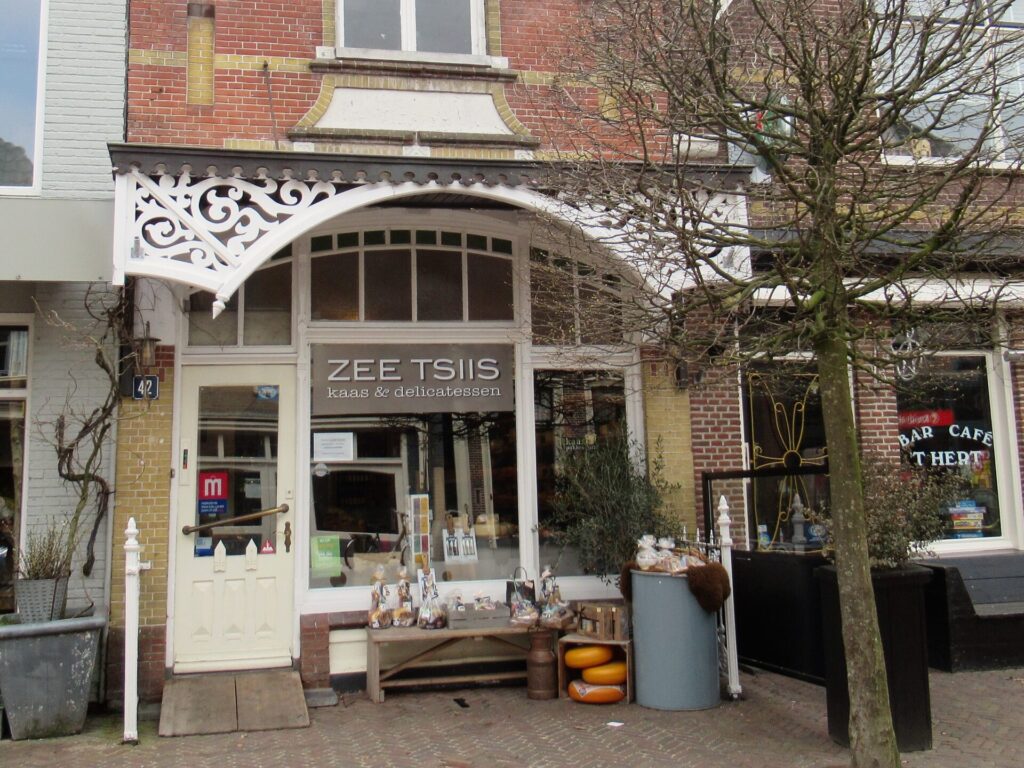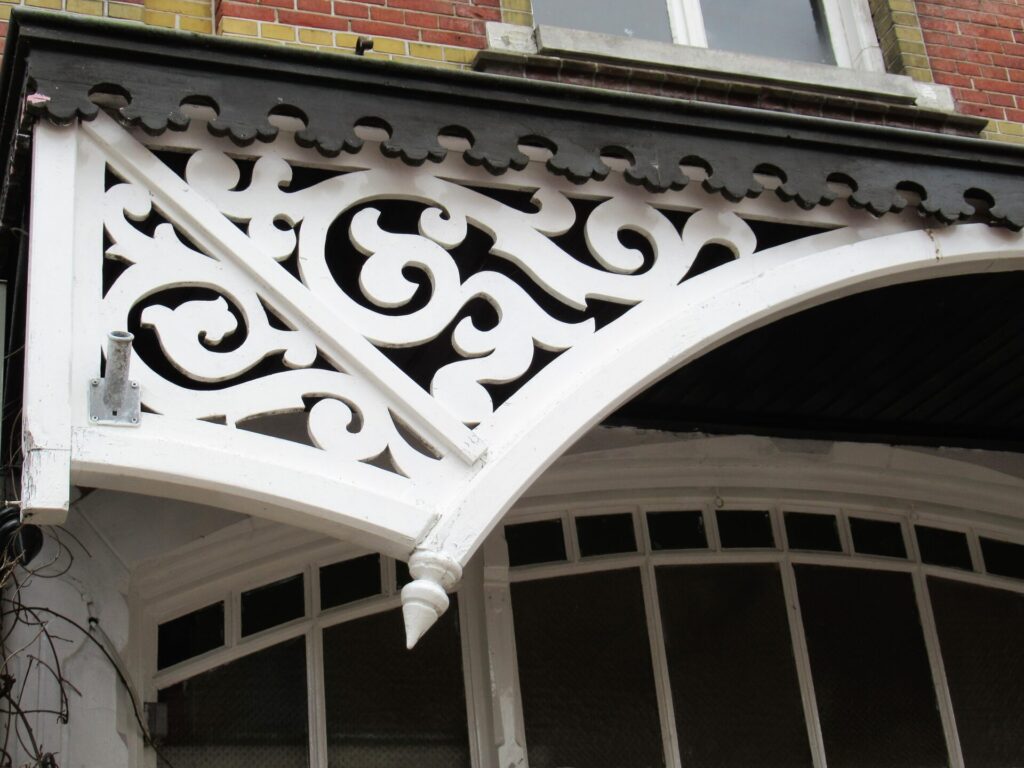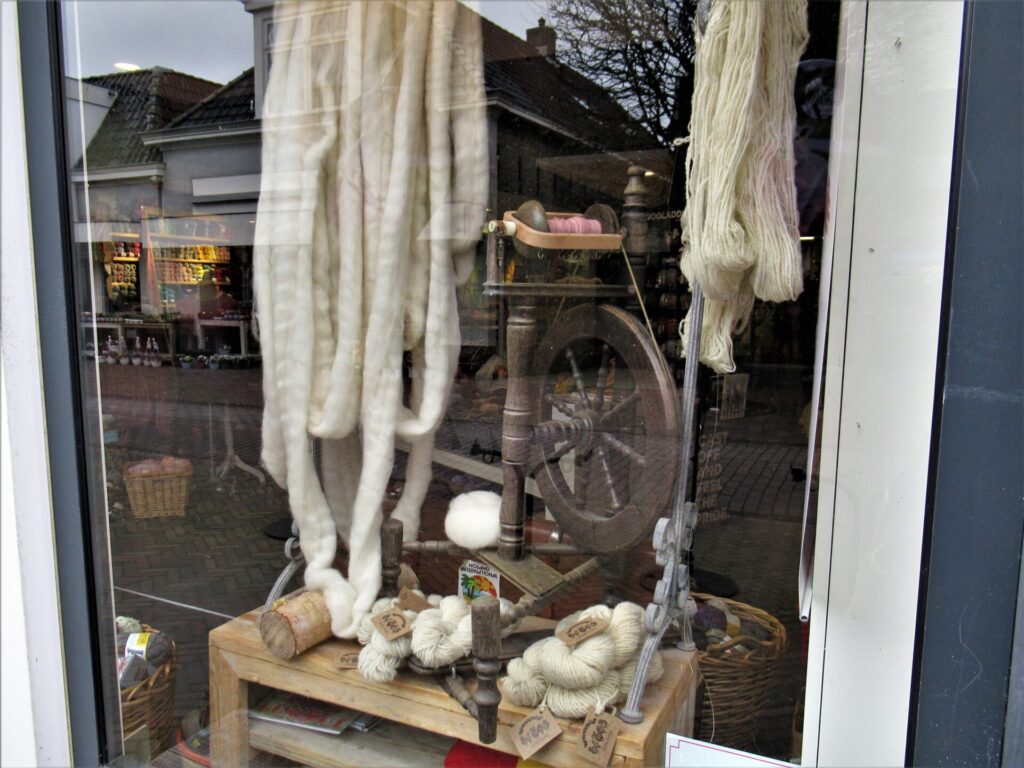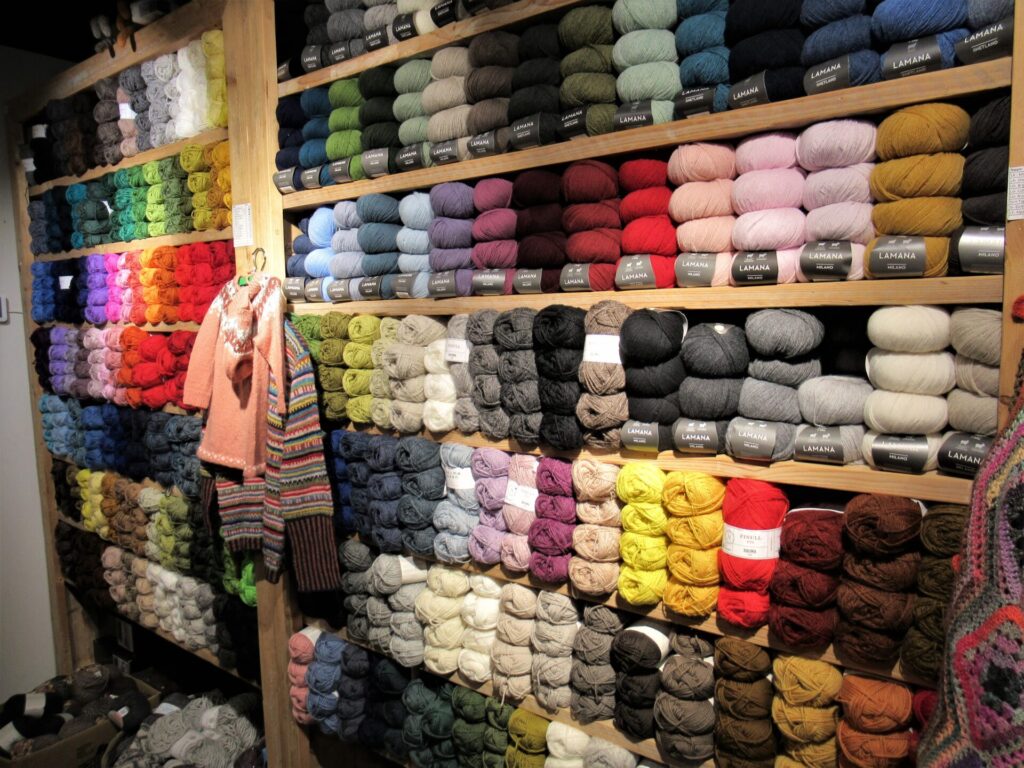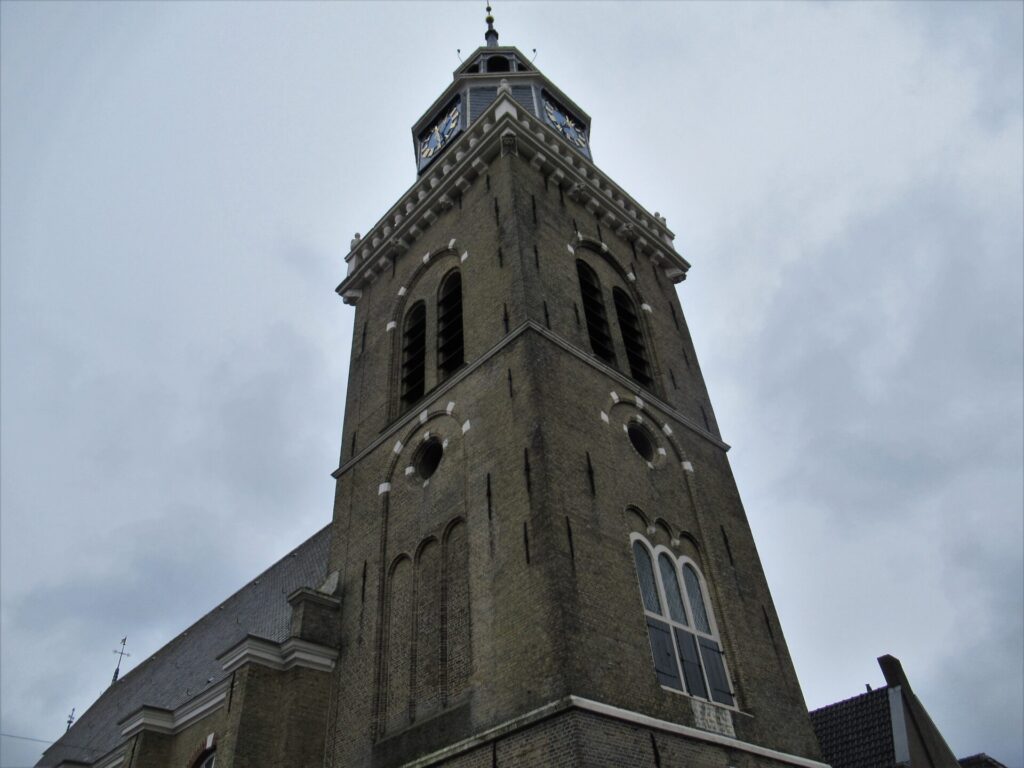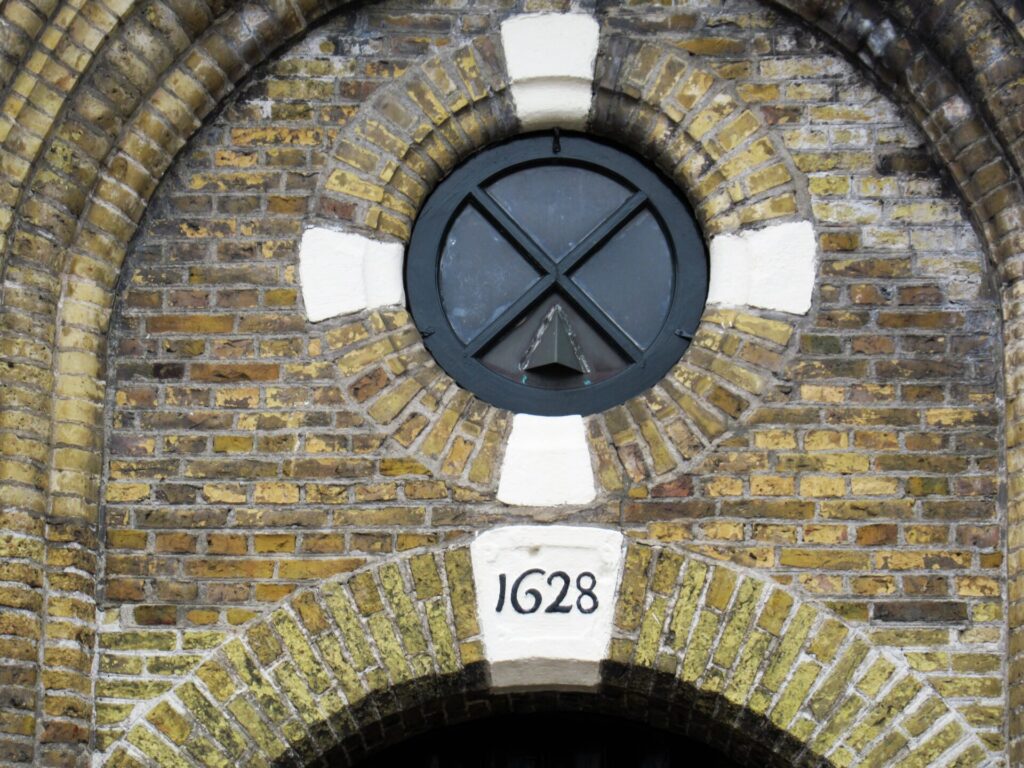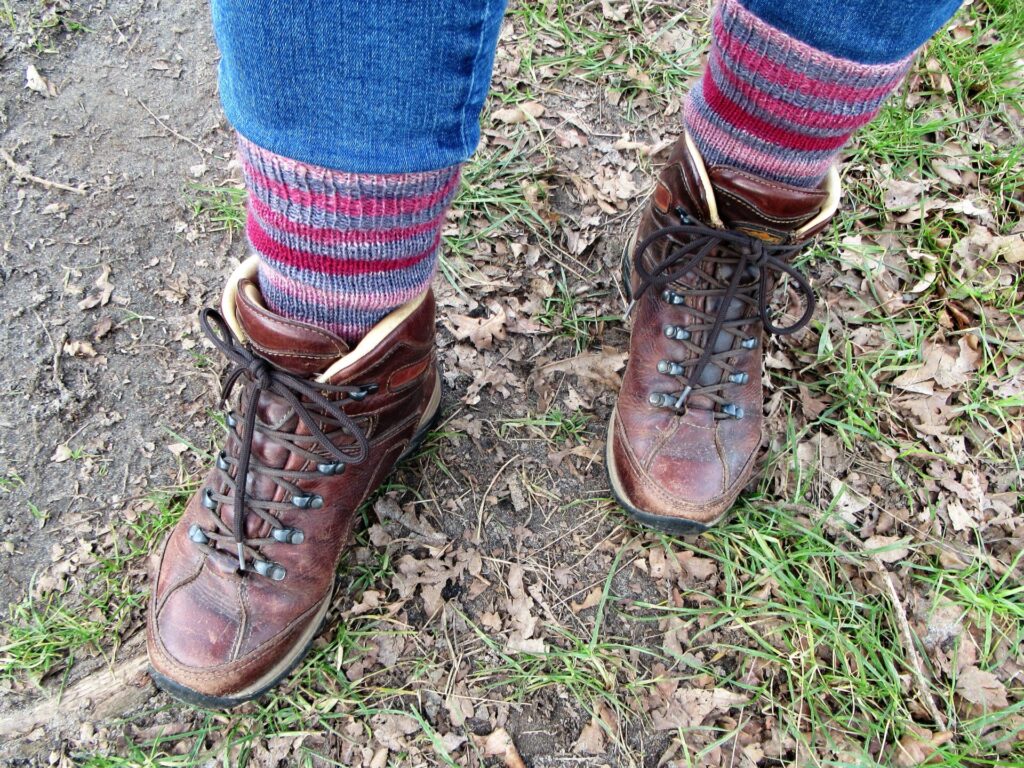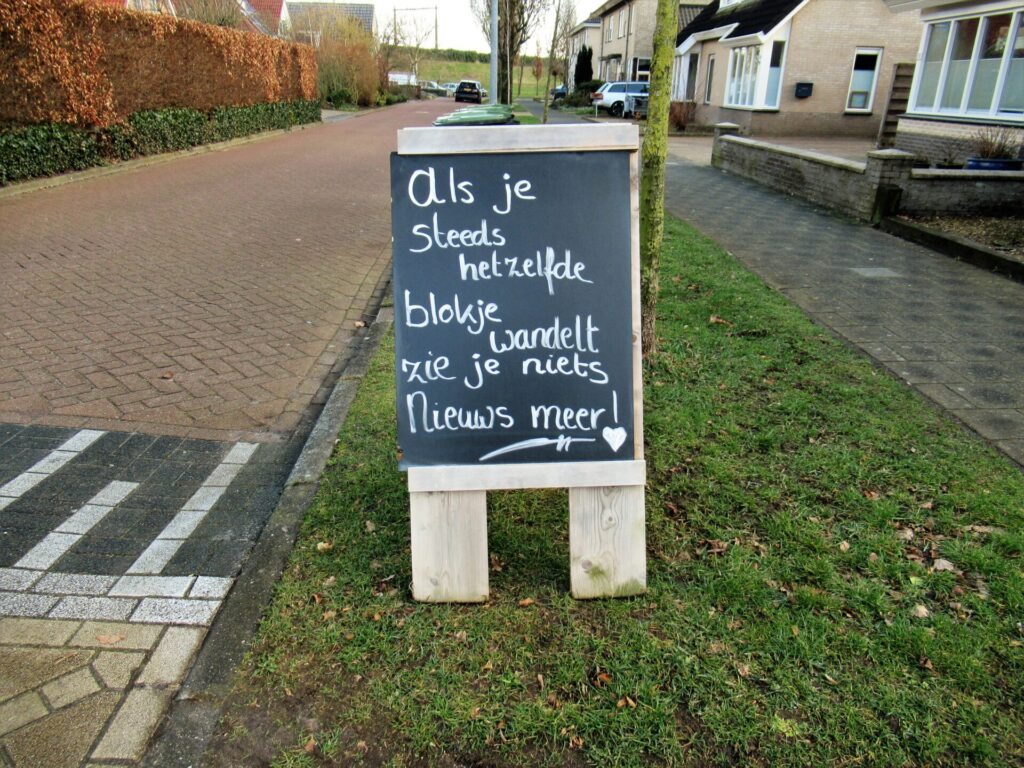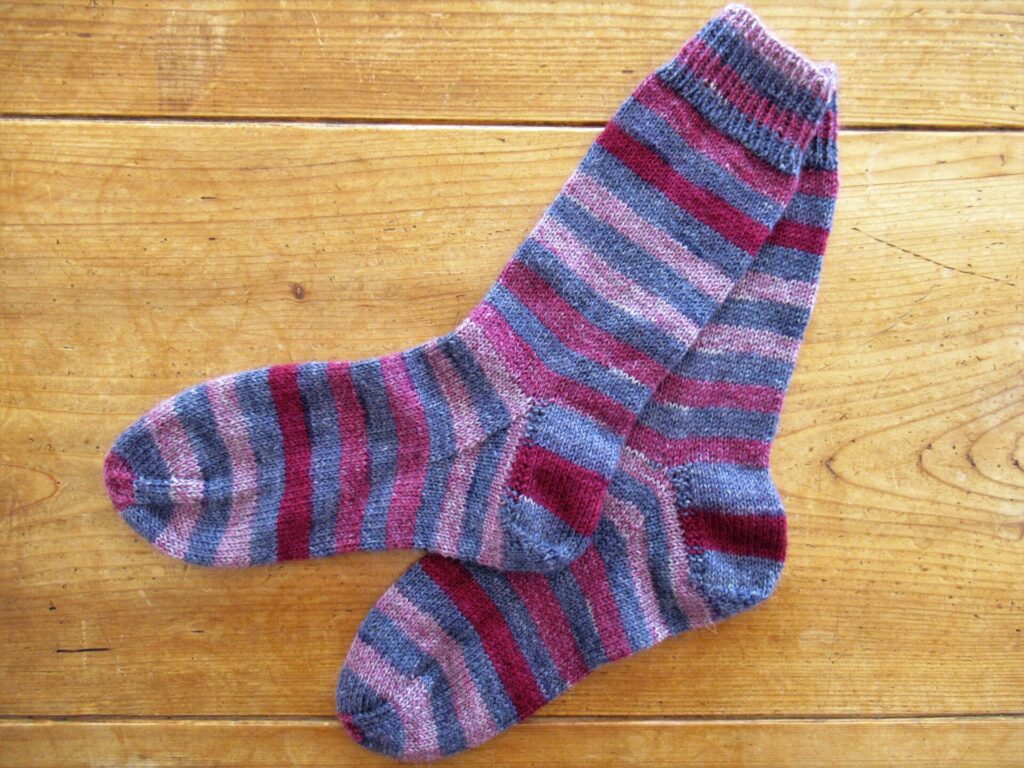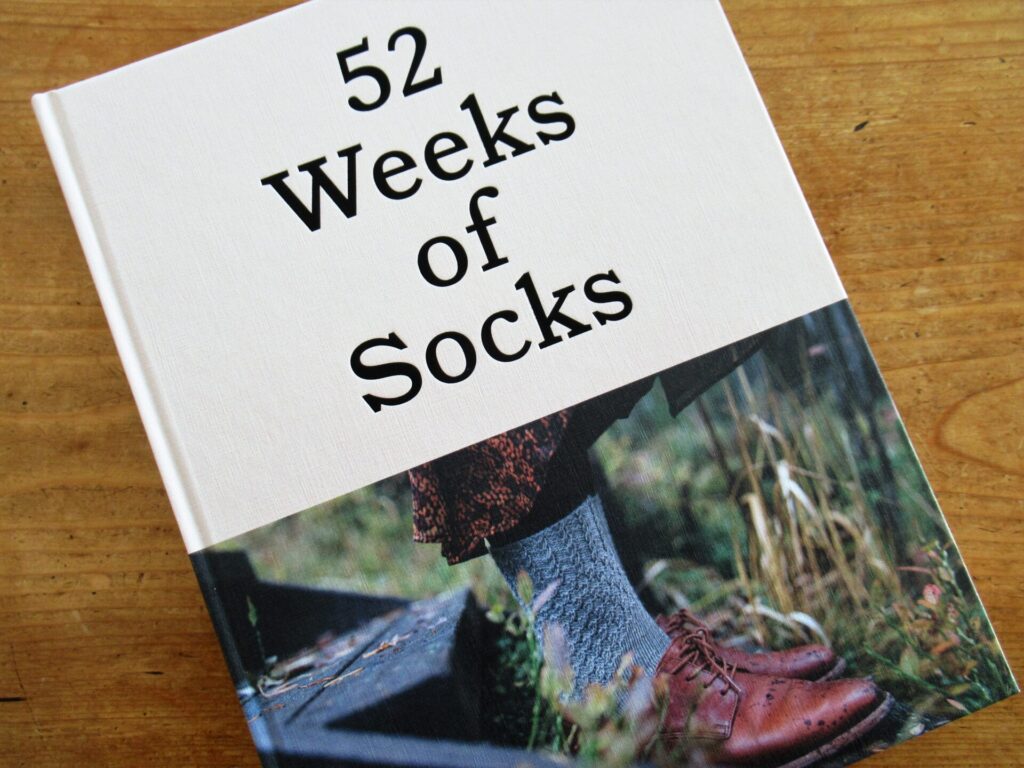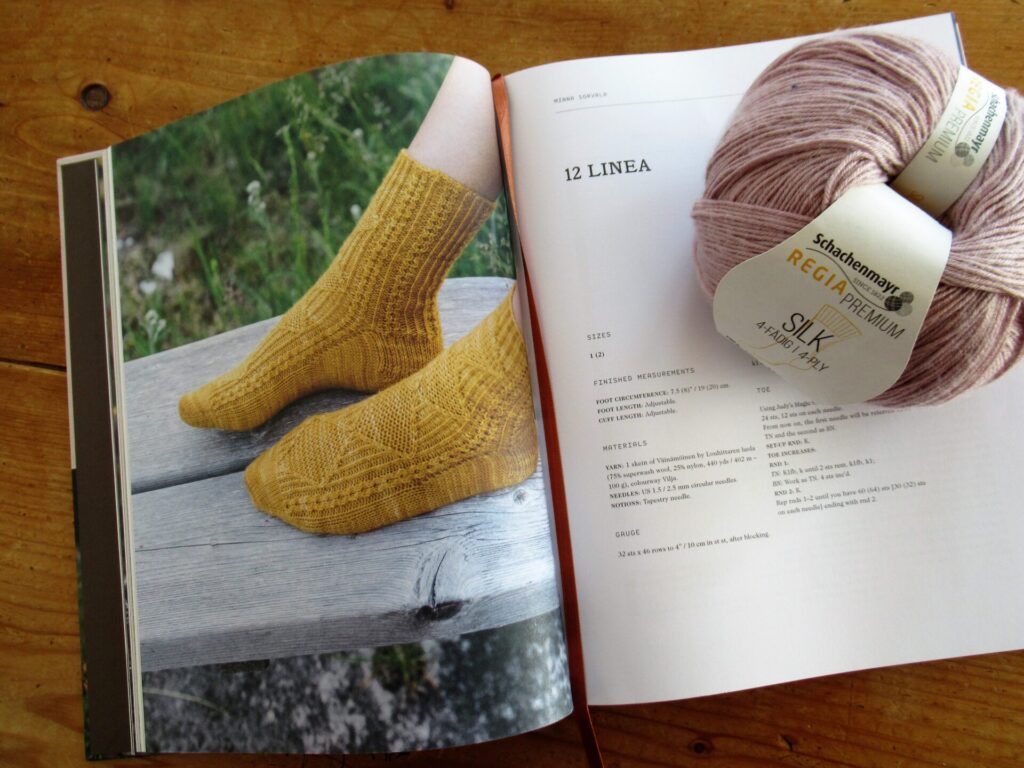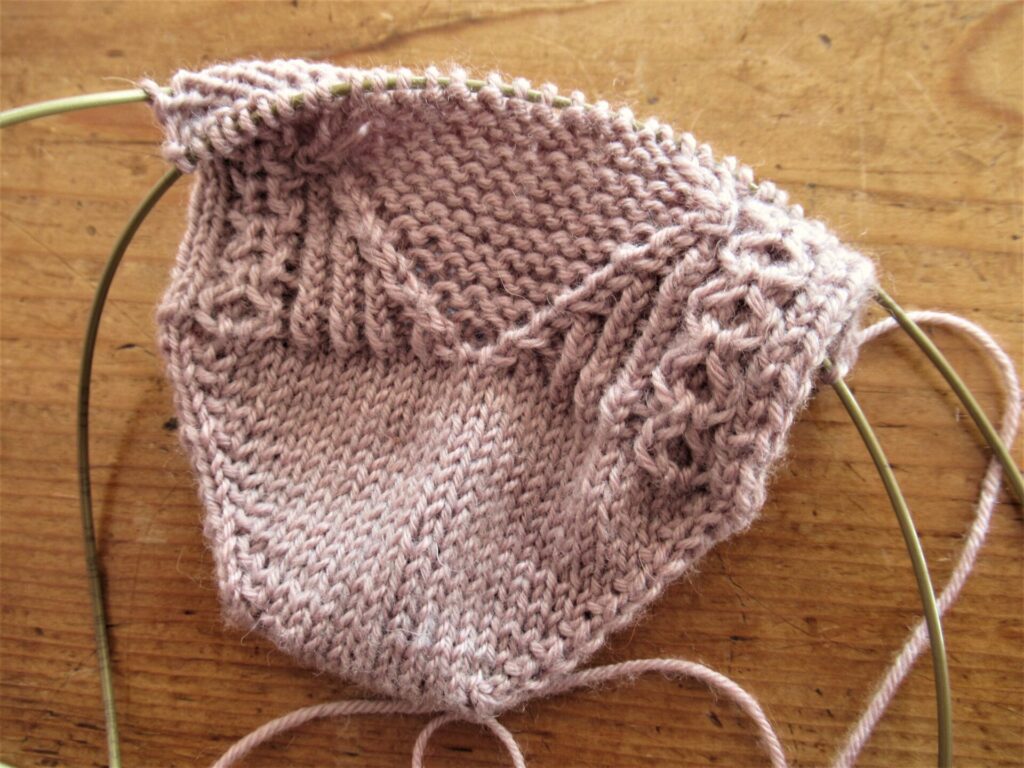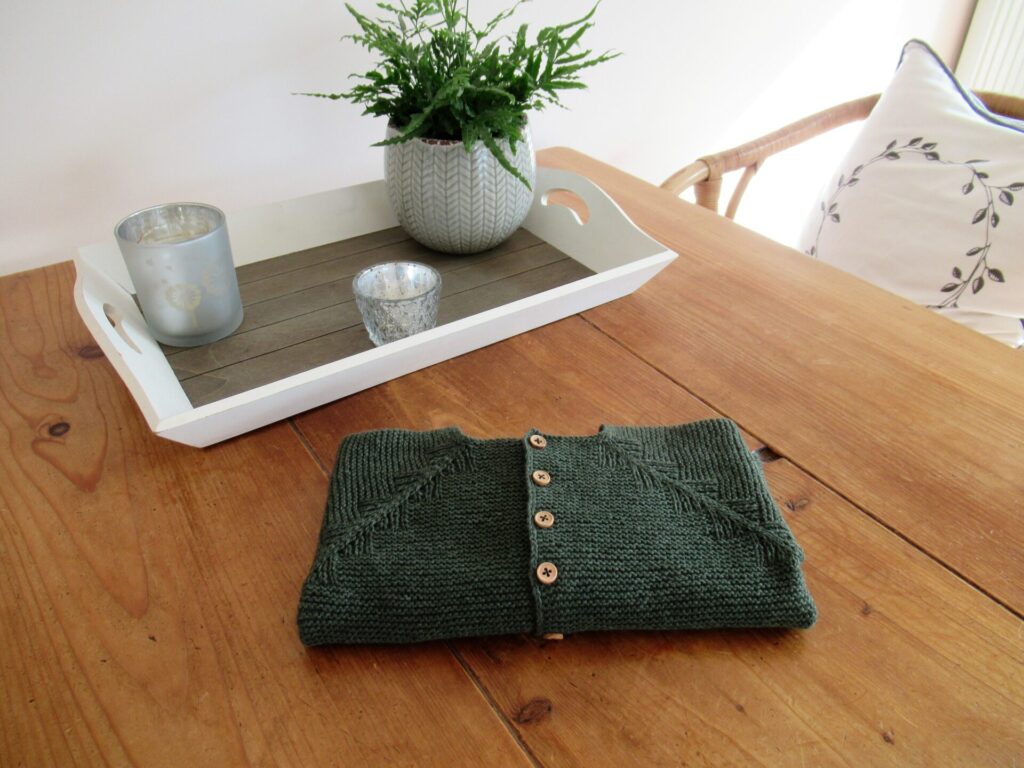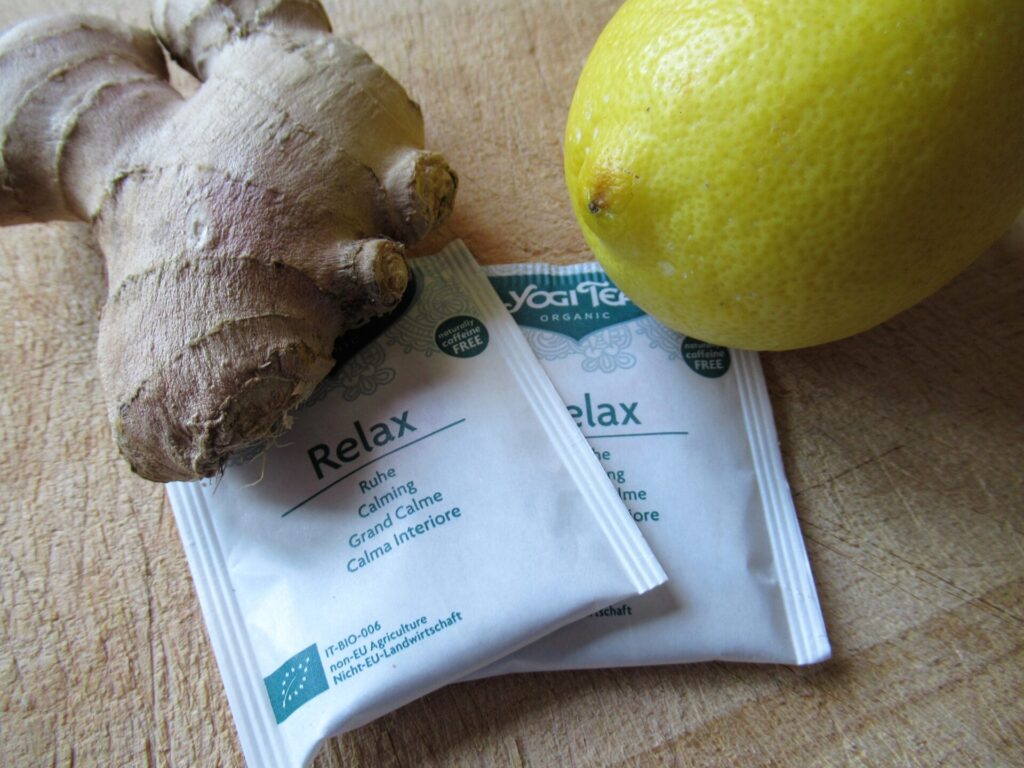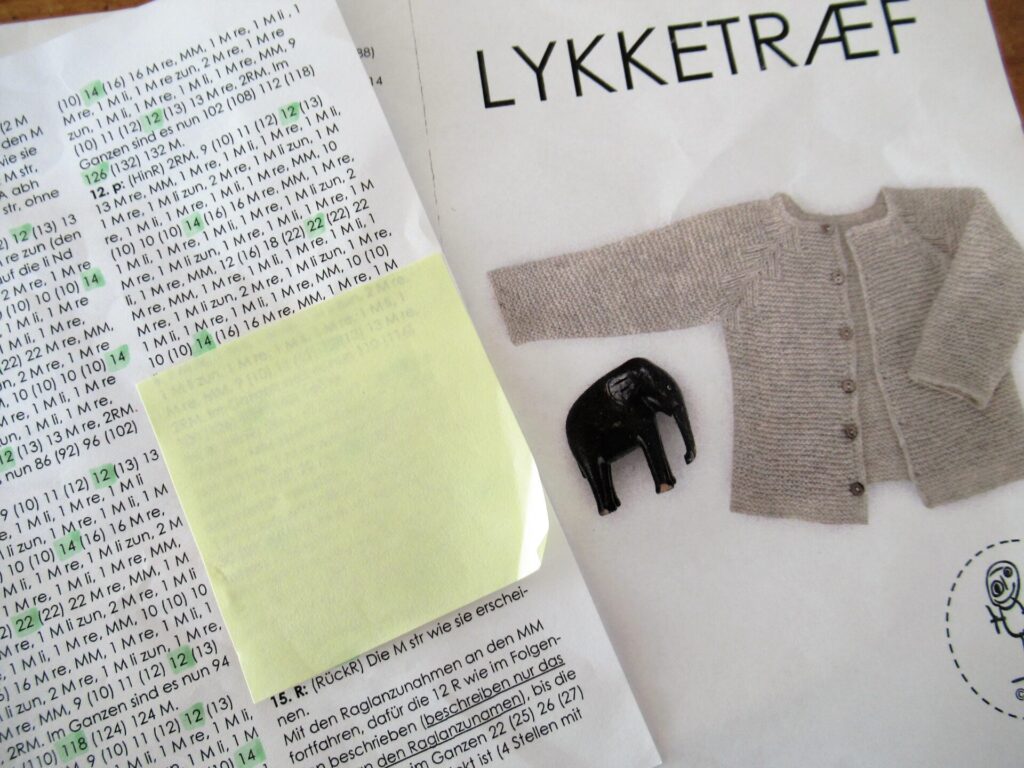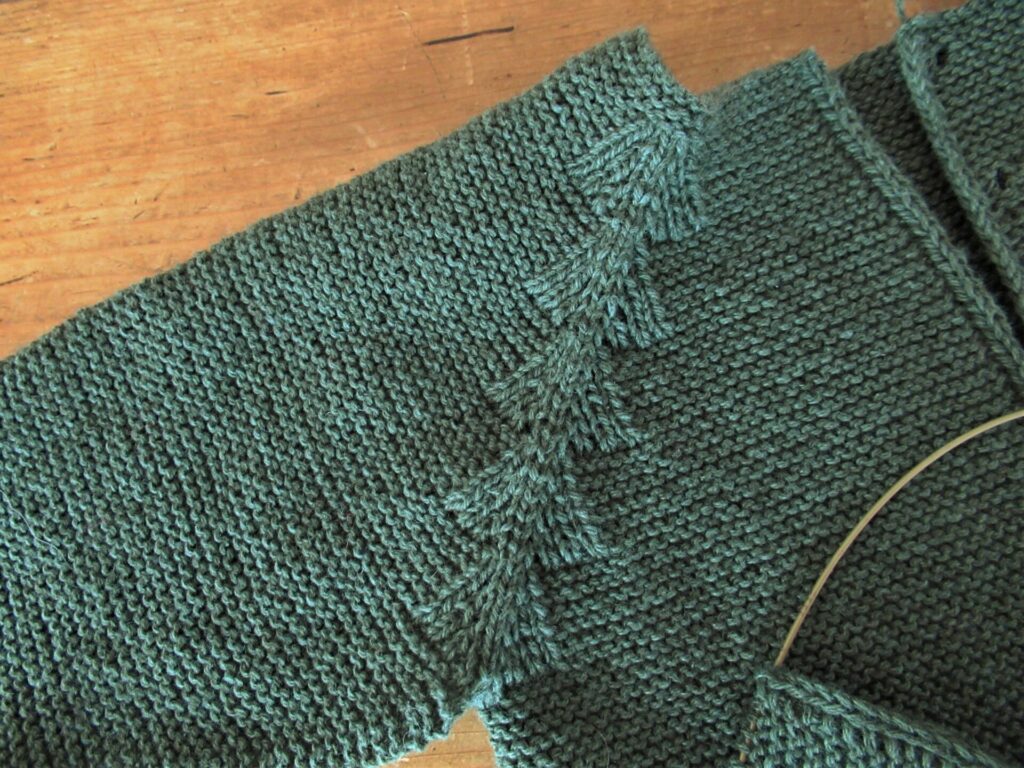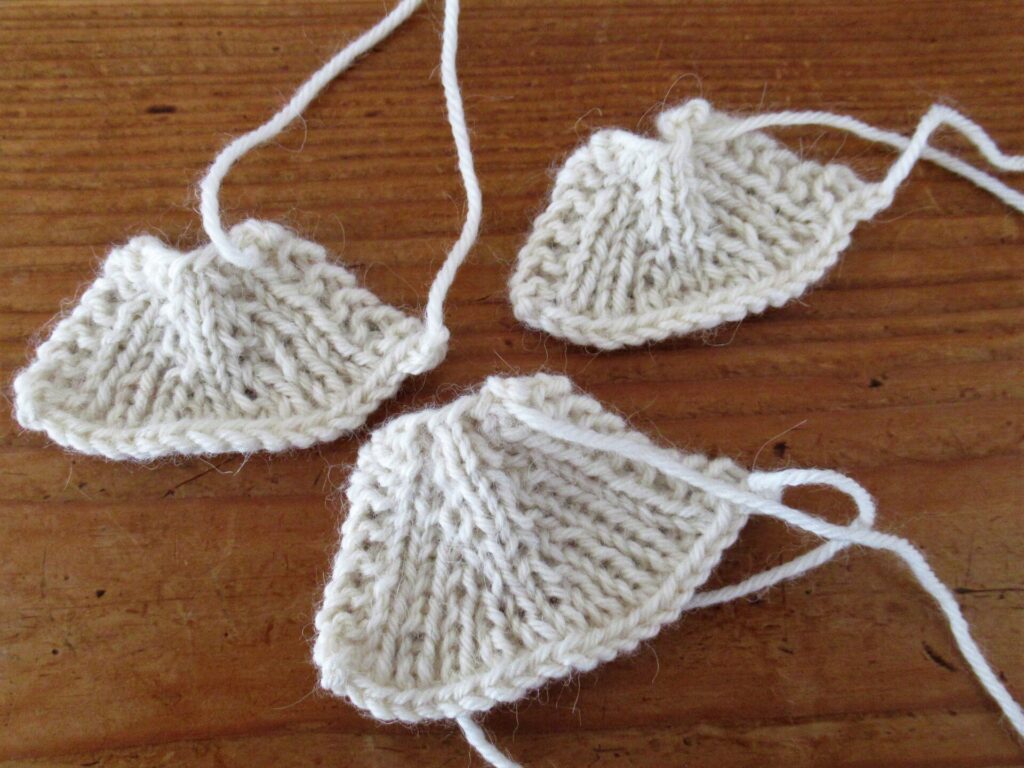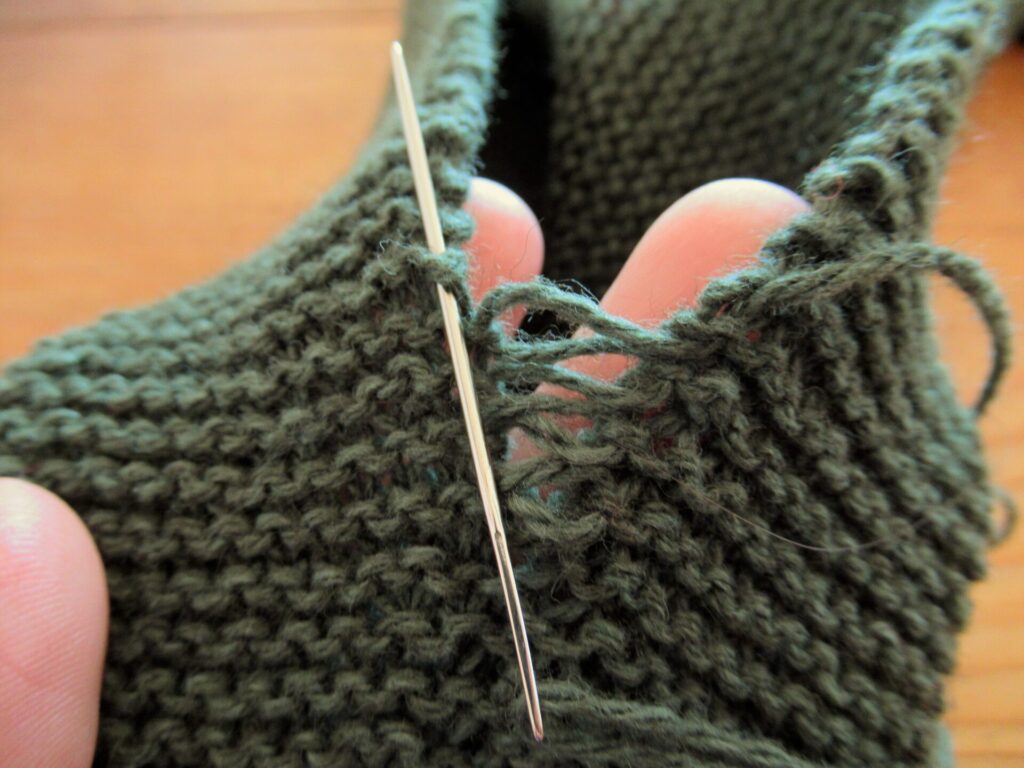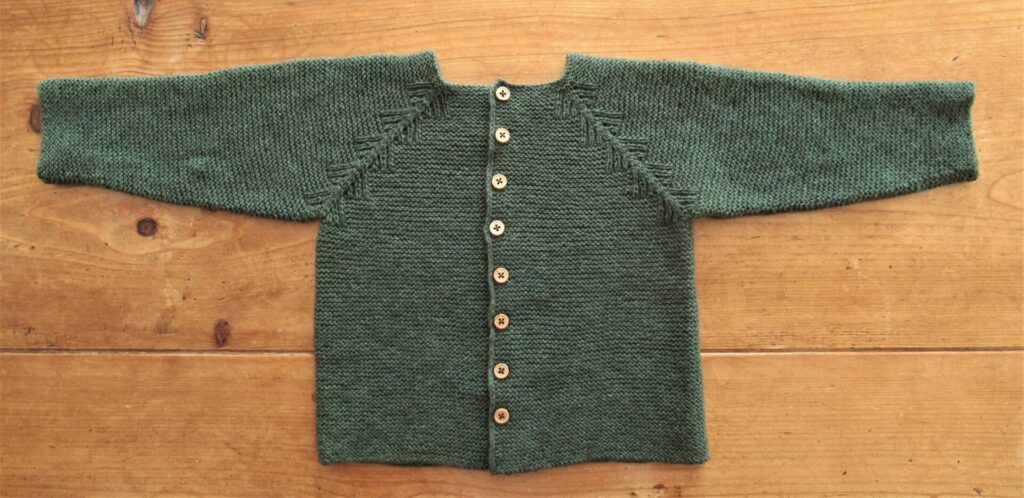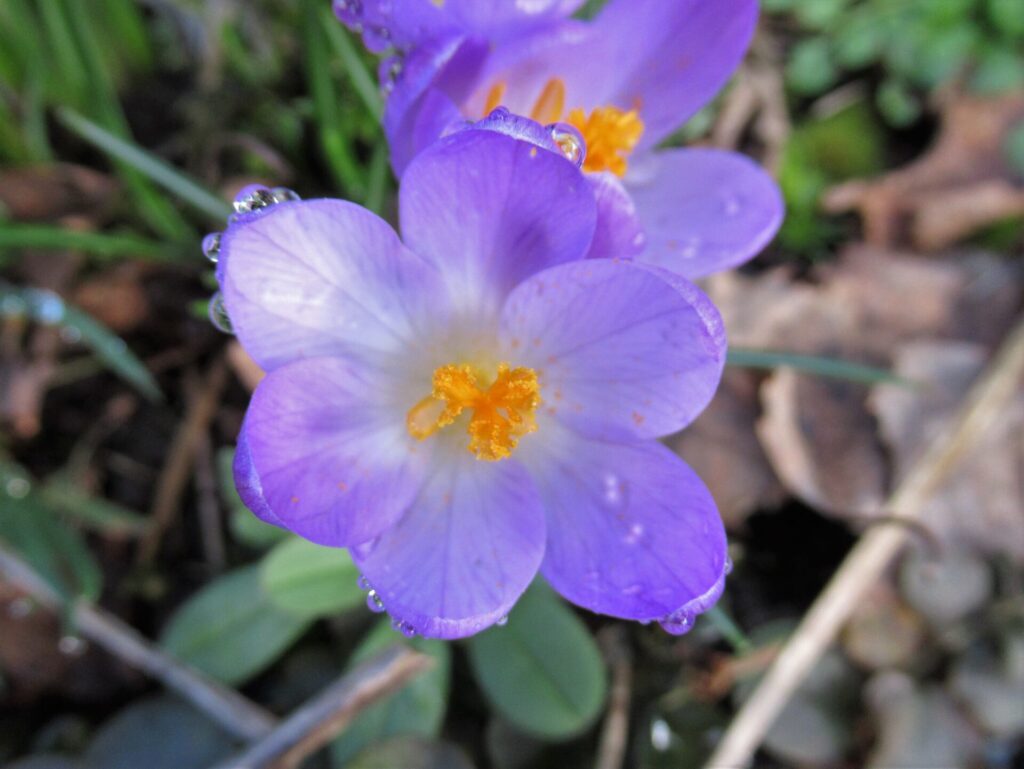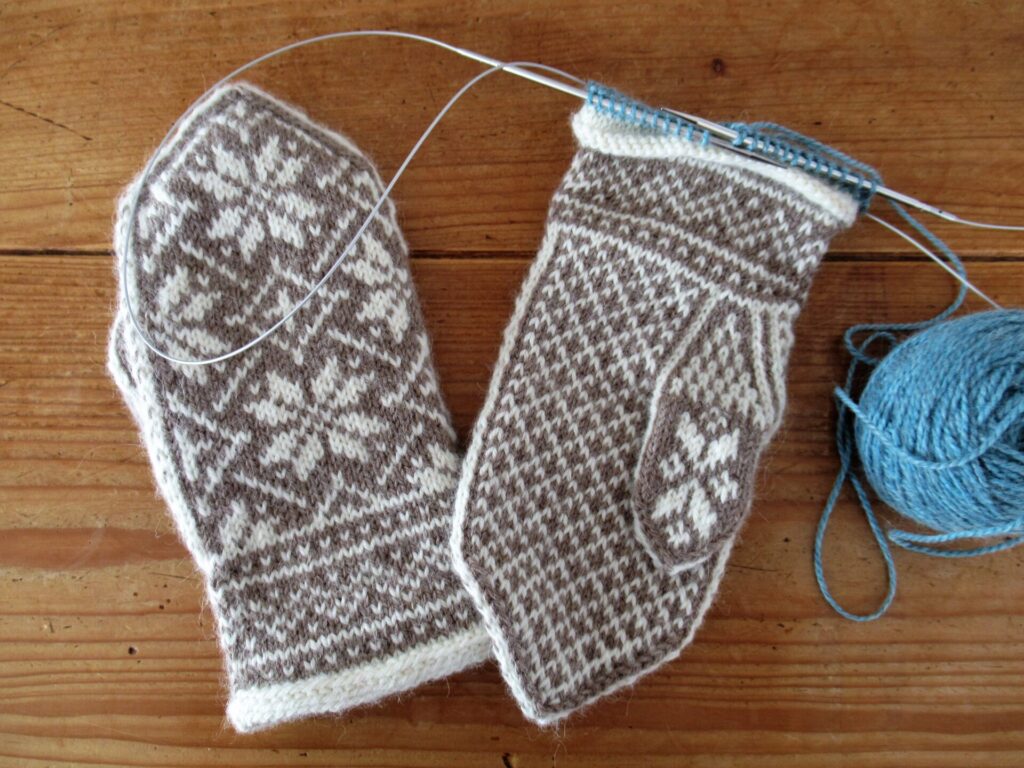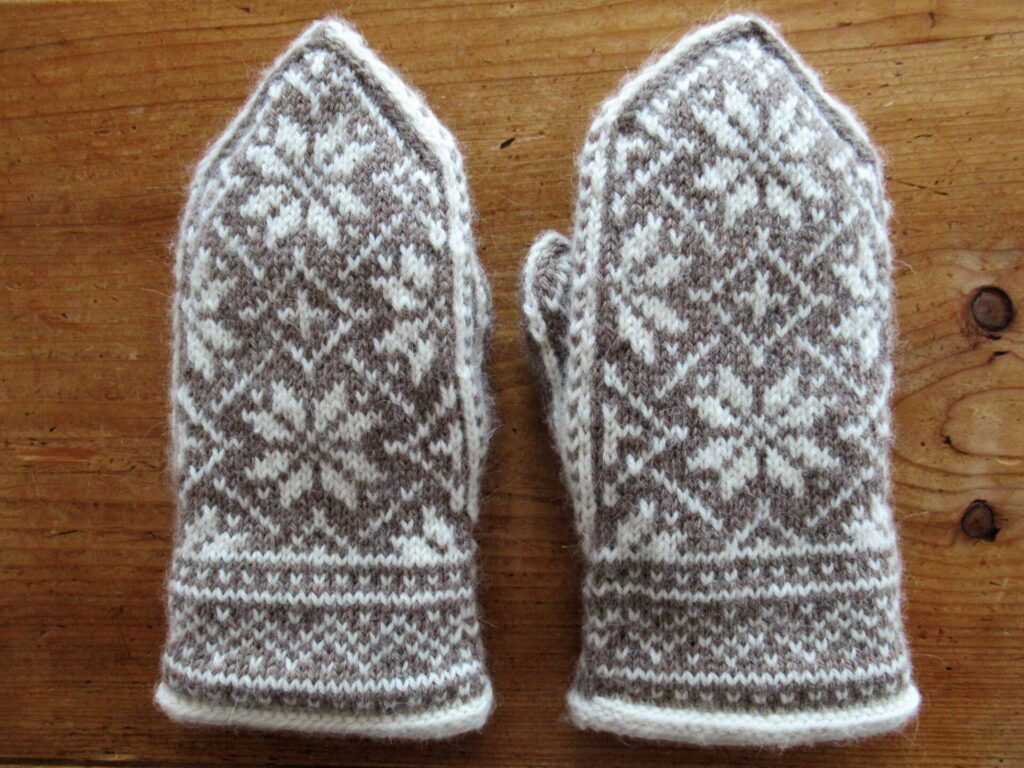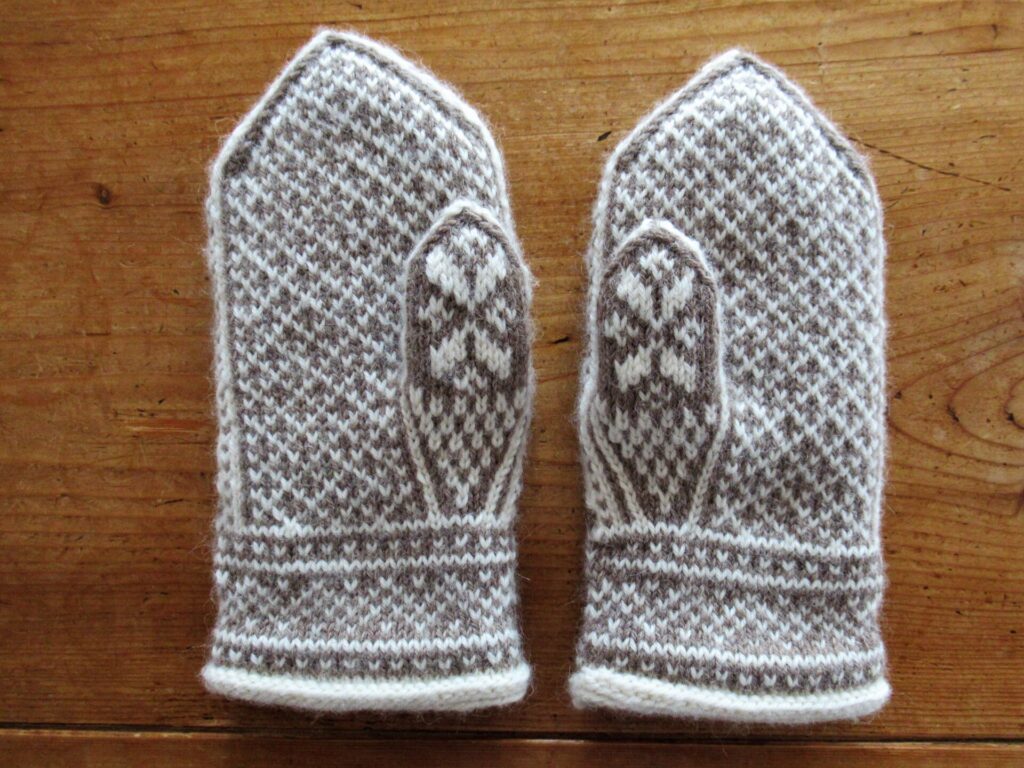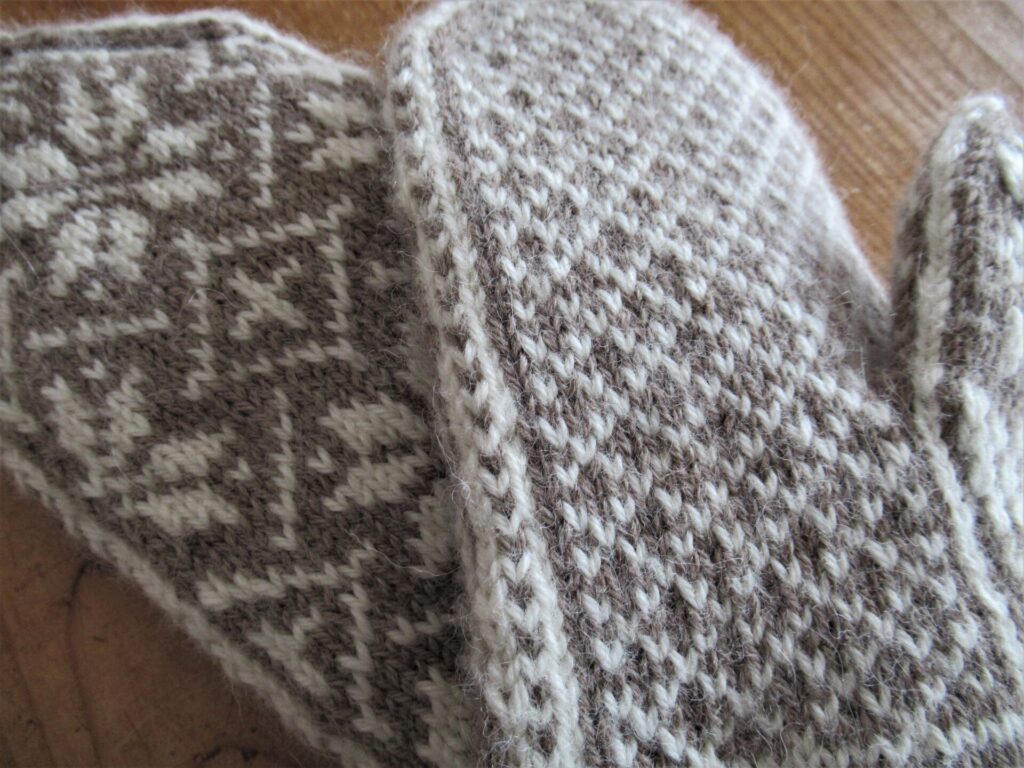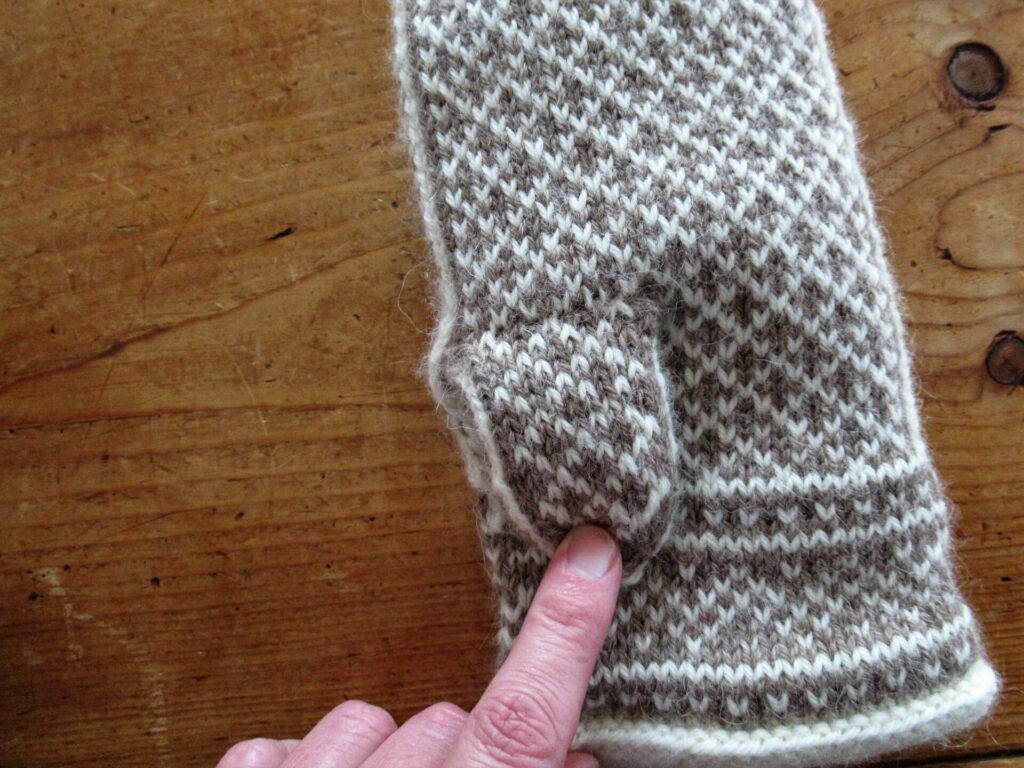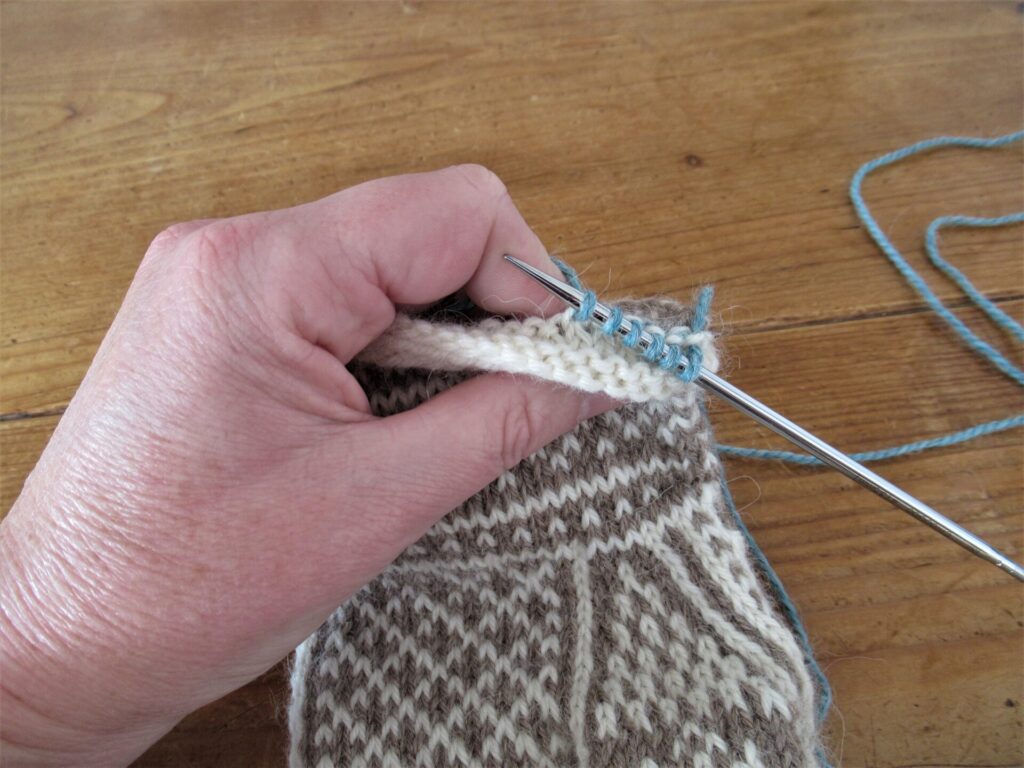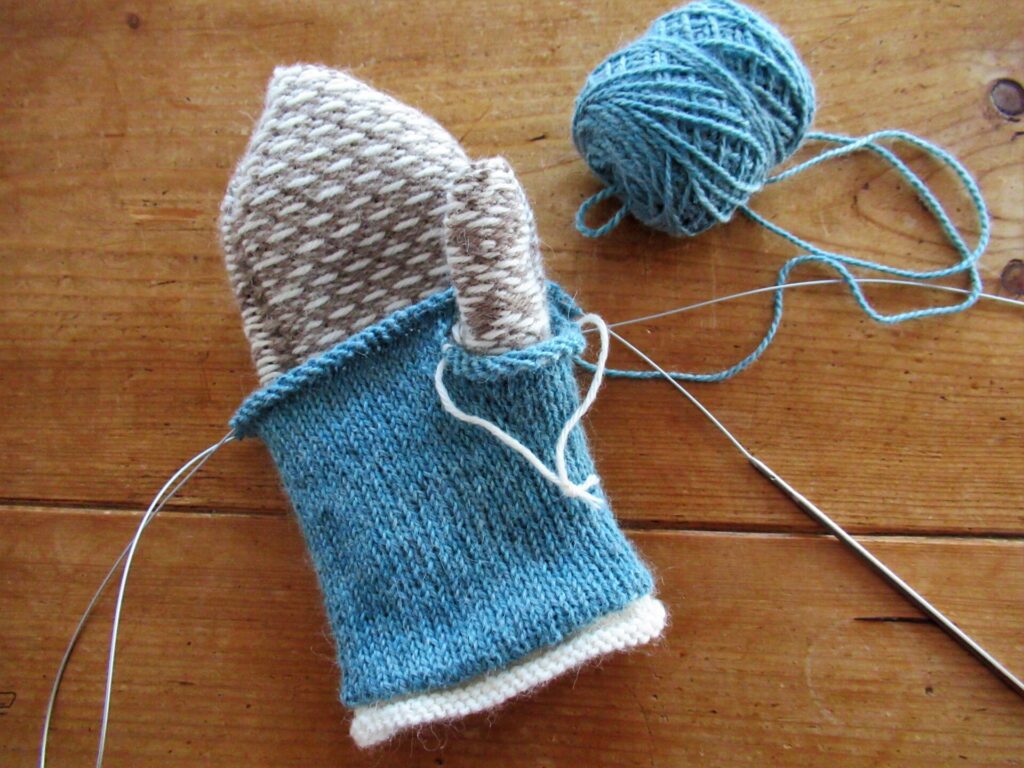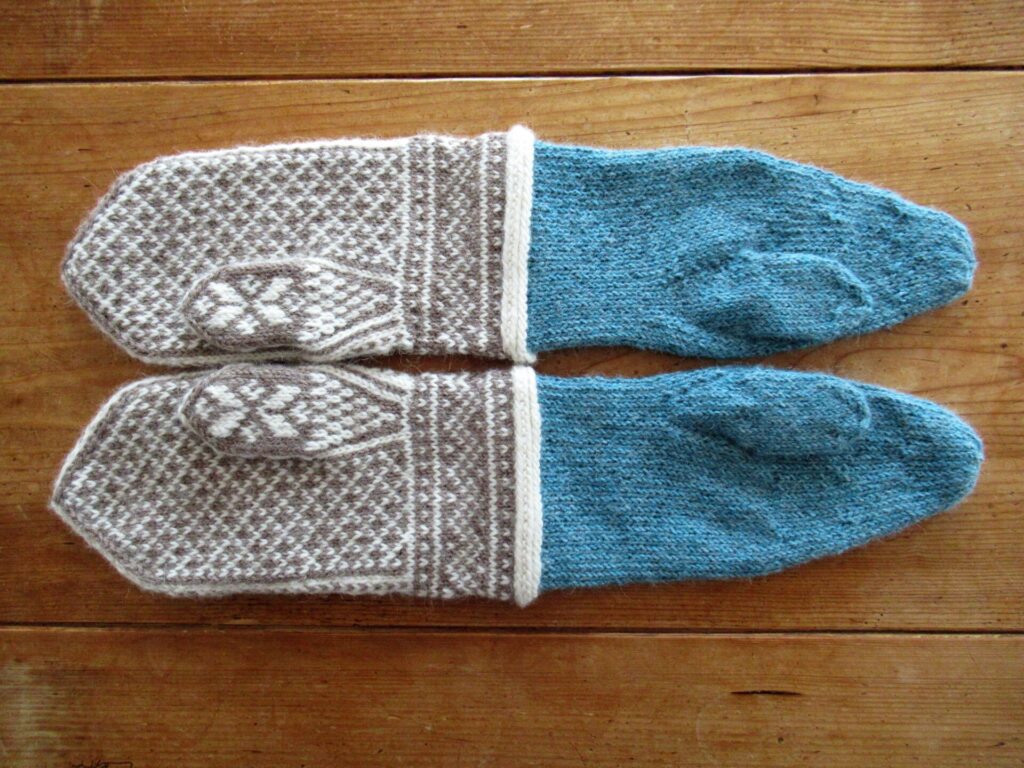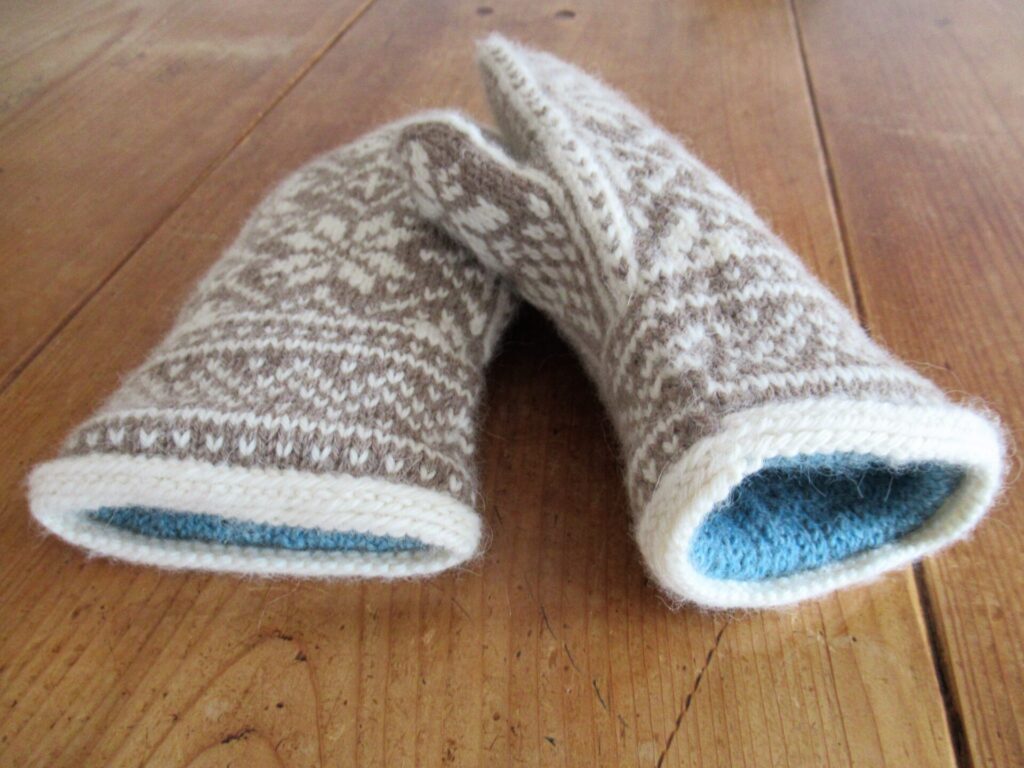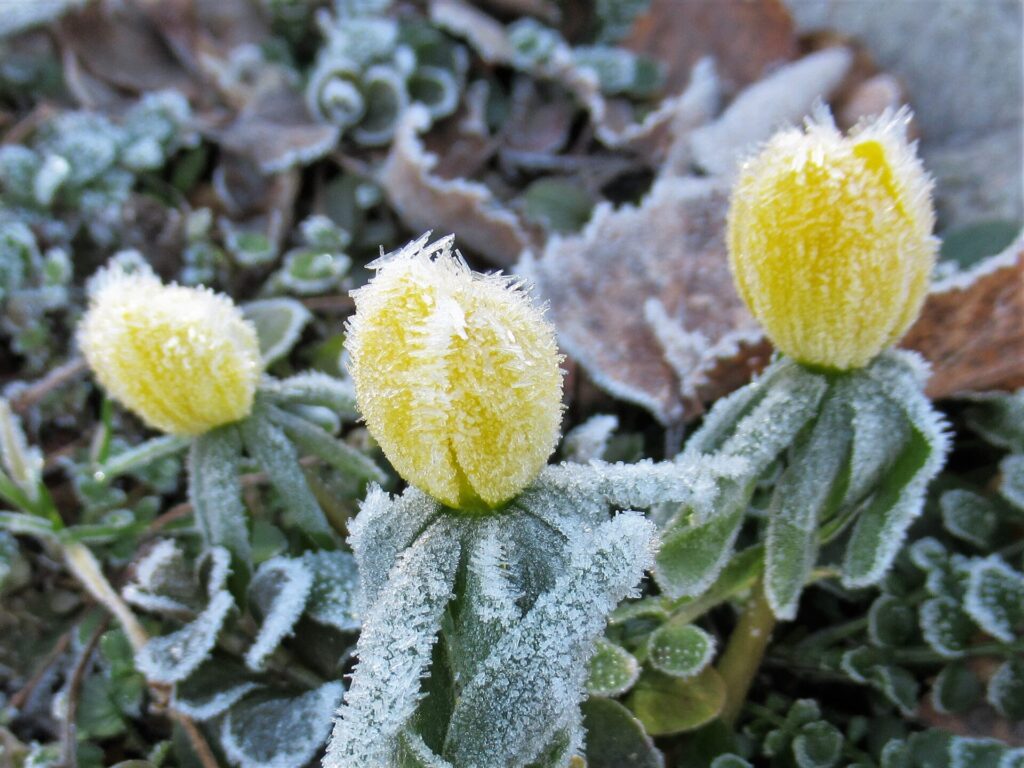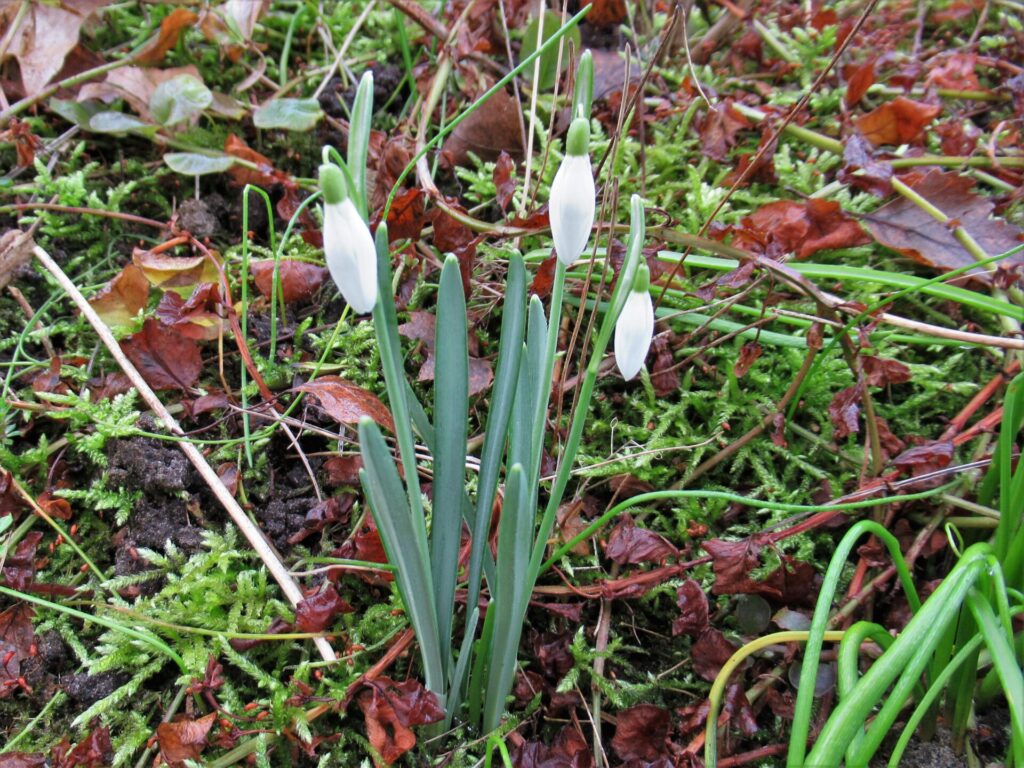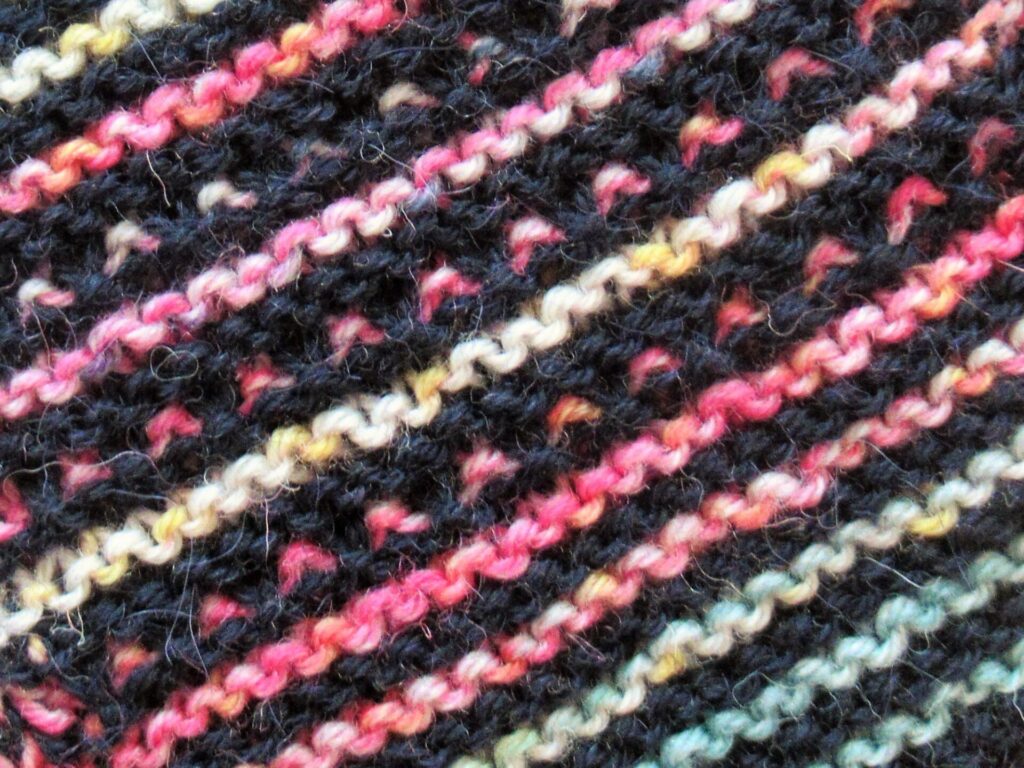
Hello!
Remember that I was looking for something simple to knit alongside more challenging projects? Simple stocking stitch socks are my usual mindless knitting projects, but variety being the spice of life, I want something different from time to time. Looking for inspiration and materials for a simple scarf, shawl or wrap in a yarn shop, I couldn’t find anything that spoke to me. And then it occurred to me that I already had most of the ingredients at home!
Through the years I’ve knit many, many pairs of simple socks for family members, friends and myself. From every pair of socks there is always a small quantity of yarn left over. I’ve used some of these to make Soothing Sachets, Gift Leaves and an earrings-and-pendant set. These small projects didn’t even make a dent in my sock yarn remnant stash, though, and I’ve still got more than enough for several larger projects.
I’d already been knitting some slip-stitch swatches and knit some more using sock yarns, using the simplest of slip stitch patterns combined with garter and stocking stitch. I experimented with many different edge stitches, too.
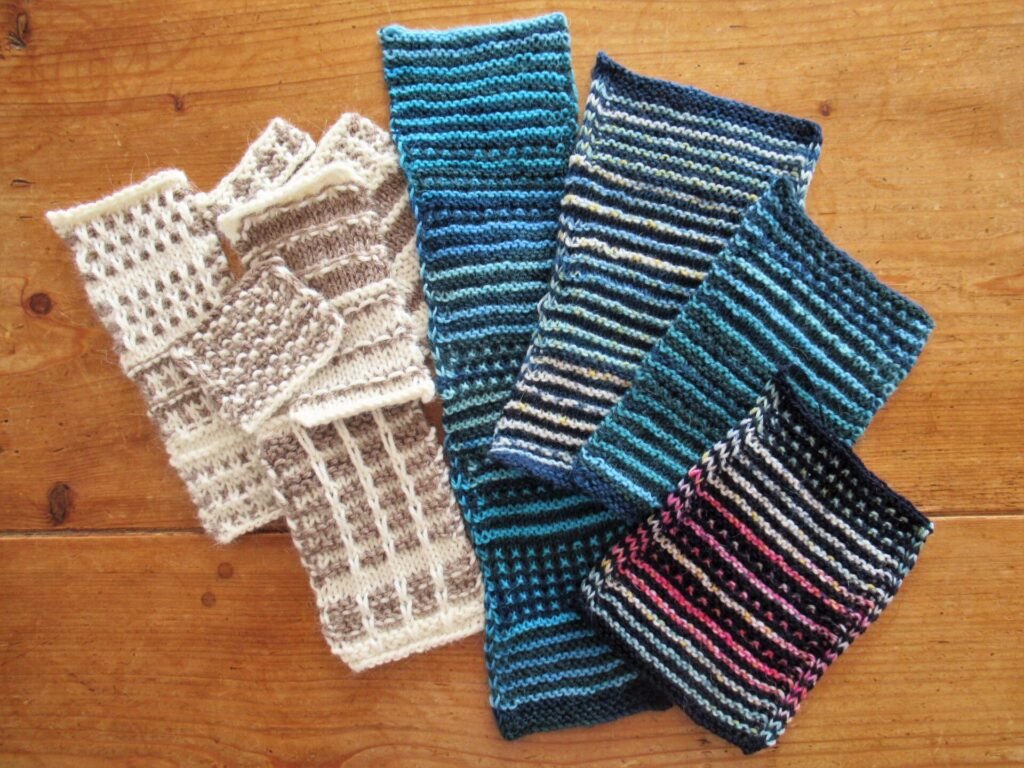
Something colourful would be fun, but it should also be wearable, so I decided to use a dark neutral as a backdrop for the remnants. Here is my final swatch, using a solid navy yarn combined with some yarn left over from the socks beside it – garter stitch stripes alternated with slip stitch rows:
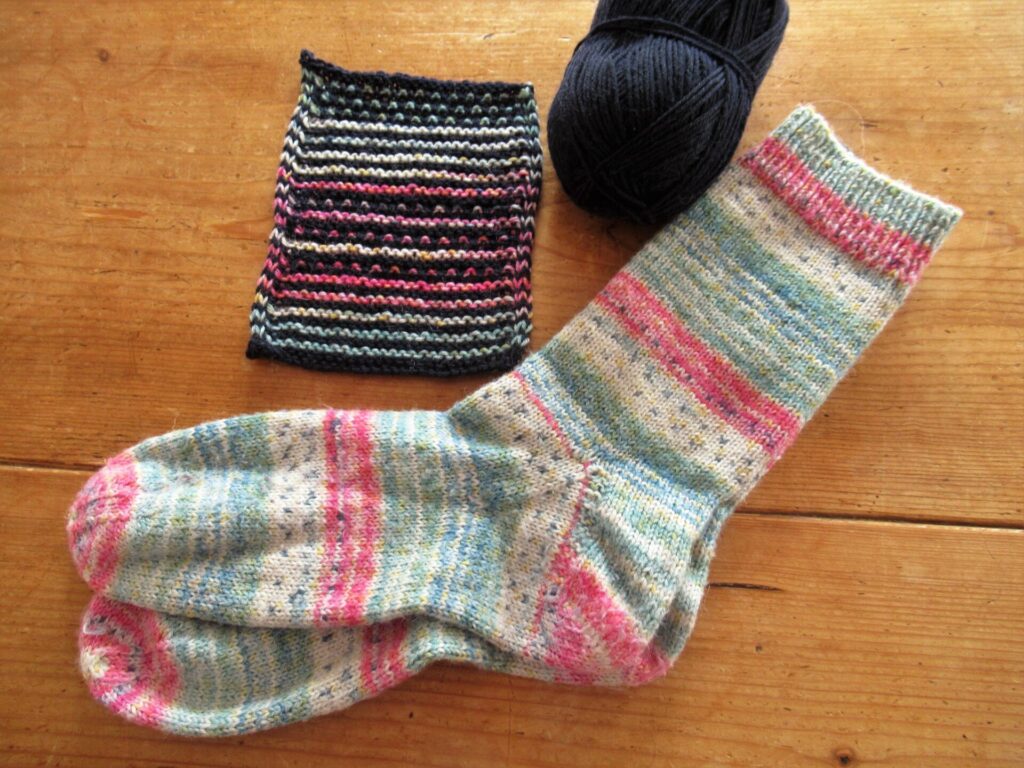
My guess is that many of you also have a considerable quantity of leftover sock or other fingering weight yarn. Or perhaps you’ve taken out a mini-skein subscription or treated yourself to a mini-skein Advent Calendar and still have some of those lovely little skeins left? In case you’d like to use them for a scarf like mine I’ll describe how I’m going about it.
I’m going to knit a rectangular scarf measuring approximately 45 cm/18” wide by 1.80 m/71” long. Based on my swatches, this should take about 440 grams of sock yarn in total: 220 grams of the solid background colour and 220 grams of sock yarn remnants. I’m using five 50-gram skeins of Isager Sock Yarn in navy blue for my background colour.
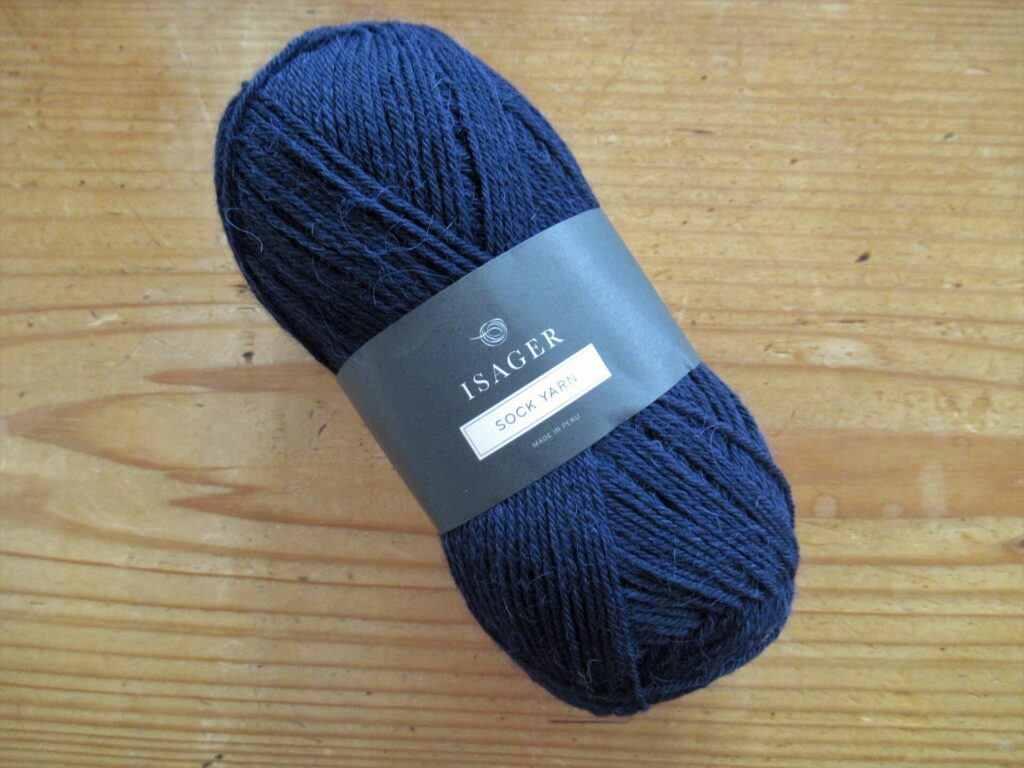
Other dark neutrals that would make good background colours are black, charcoal, deep purple or dark brown. A light neutral, like cream, pale grey or light beige, would work well, too.
For the contrast colours, I chose 22 different sock yarn remnants of at least 10 g each (+ a few extra). I left the dark colours out (not enough contrast), and the very light ones as well (too much contrast). So they’re all in a medium shade range.
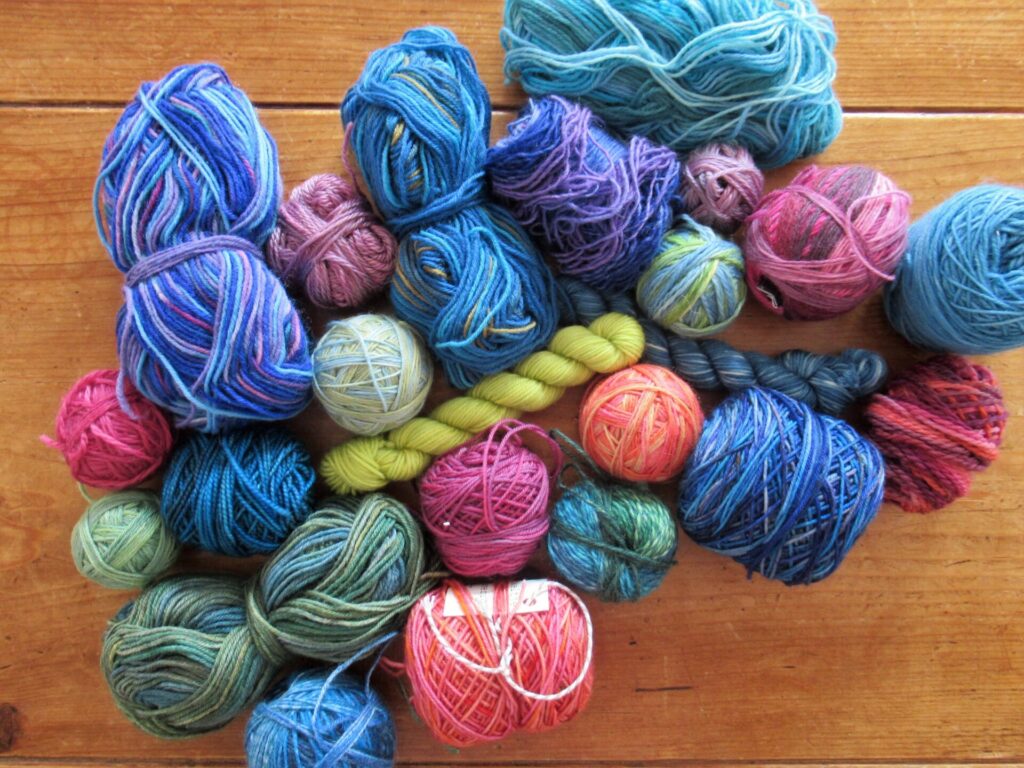
The remnants could be grabbed at random, eyes closed, but being an orderly sort of person I decided to arrange them into a sort of colour wash, from greens through blues, purples, pinks and finally oranges (read from right to left).
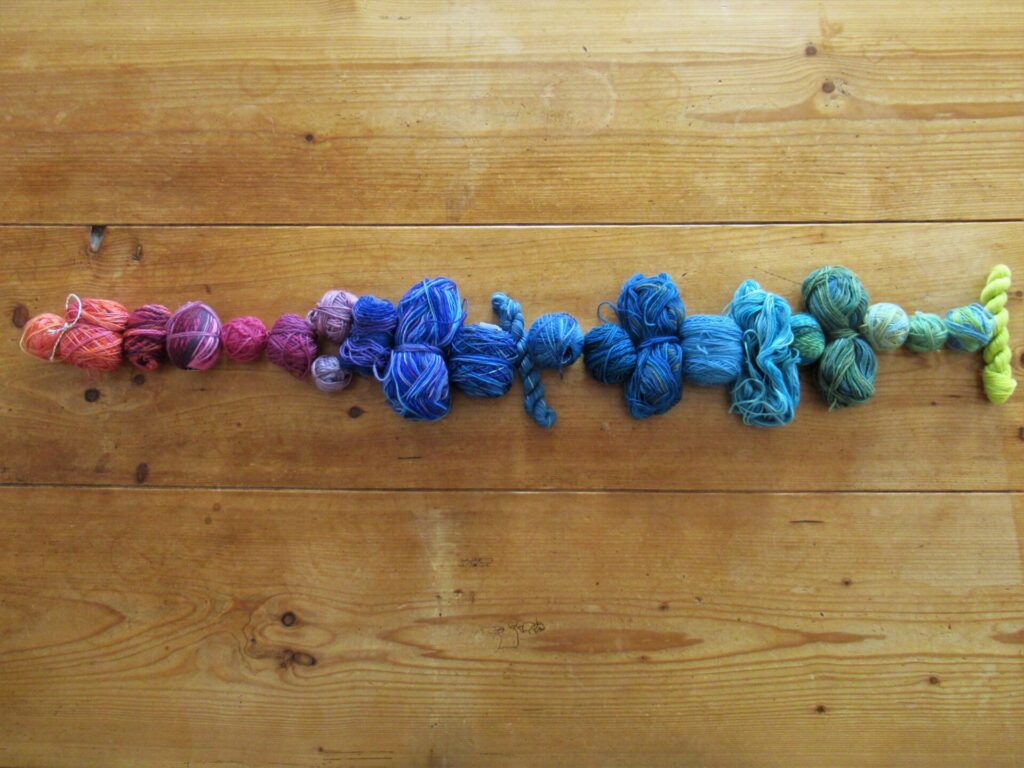
You could use a colour wheel, but I just followed my intuition, personal sense of colour, taste or whatever it’s called.
The colour I’m starting with, next to the navy blue, is a shocking acid green. It came with a mini-skein subscription years ago, and was dyed by Amanda Perkins of The Natural Dye Studio who stopped dyeing years ago. It isn’t a colour that I’d think I’d ever use. Confession: I did knit a scarf in neon green acrylic when I was ten. Since then my taste in colours has changed quite a bit, but I think/hope it will look fun in this scarf.
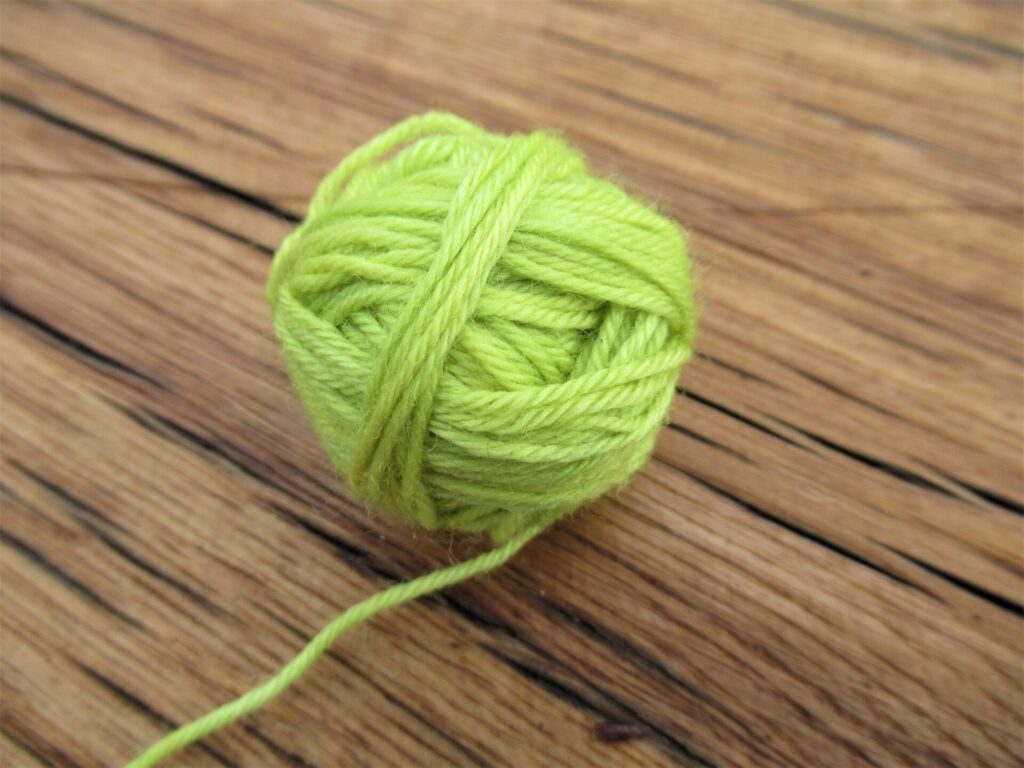
It’s the same colour as the Euphorbias flowering in our front garden now, that look so great with the blue of the grape hyacinths.
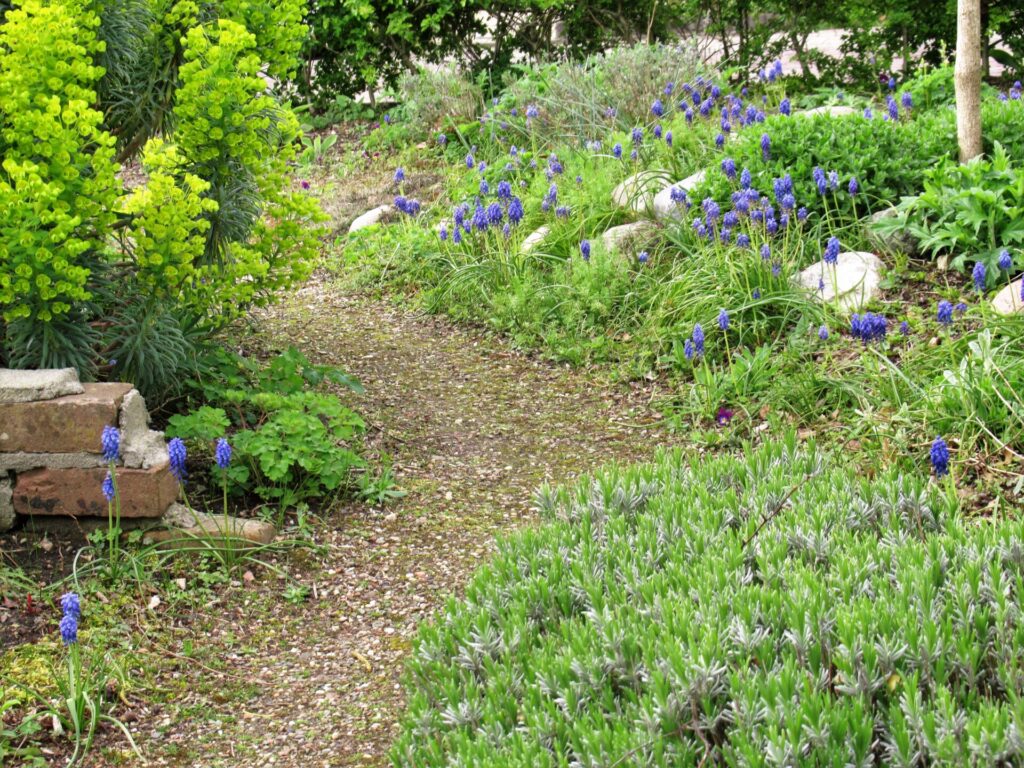
Some of the Euphorbias are entirely in this strange yellowish green colour,
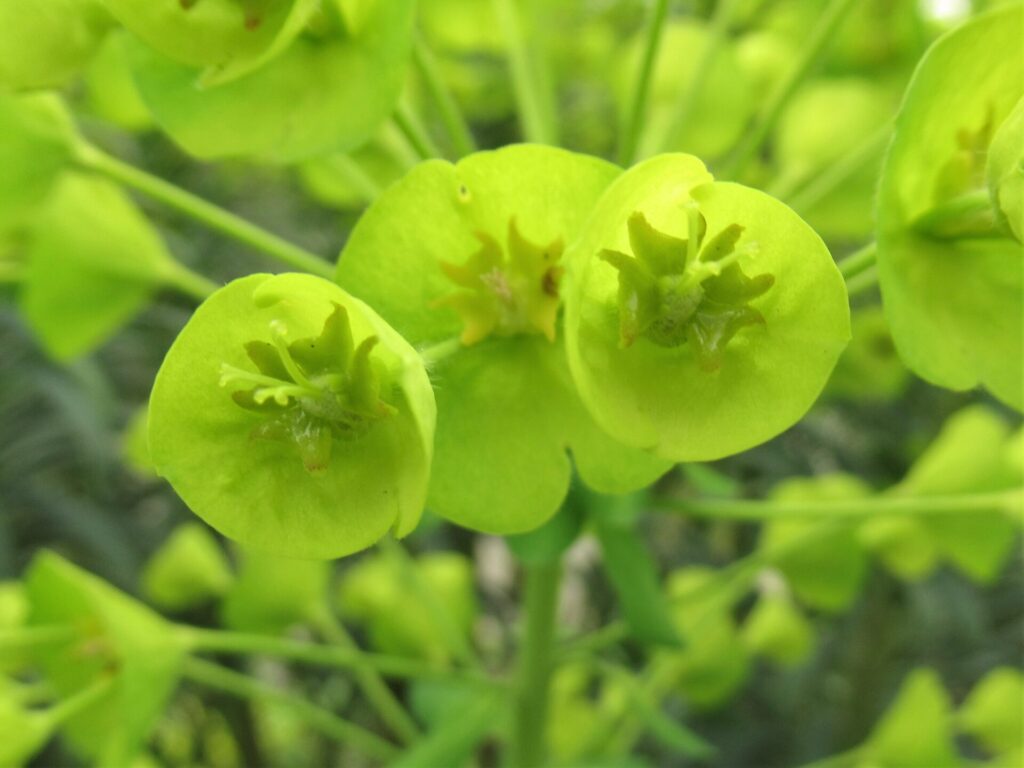
while others have very dark aubergine, almost black centres.
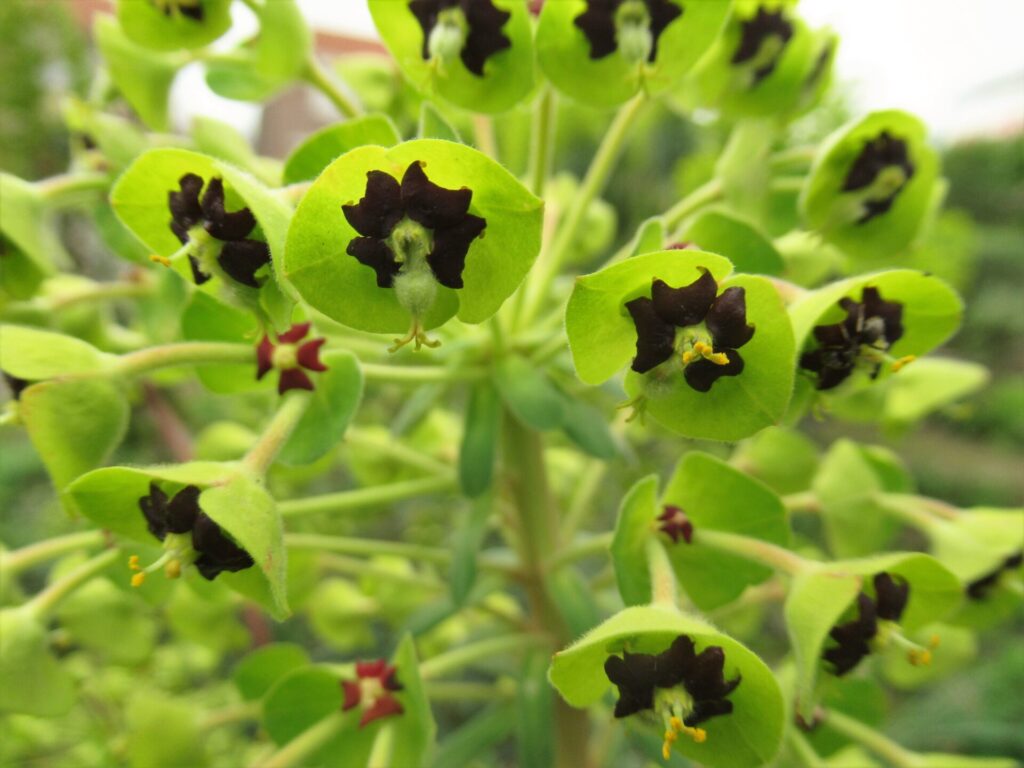
I will give you the recipe for how to knit this scarf in my next blogpost. For the time being I’m calling it my Simple Sock Scrap Stripe and Slip Stitch Scarf, but it really needs a simpler name. Any suggestions are welcome!
